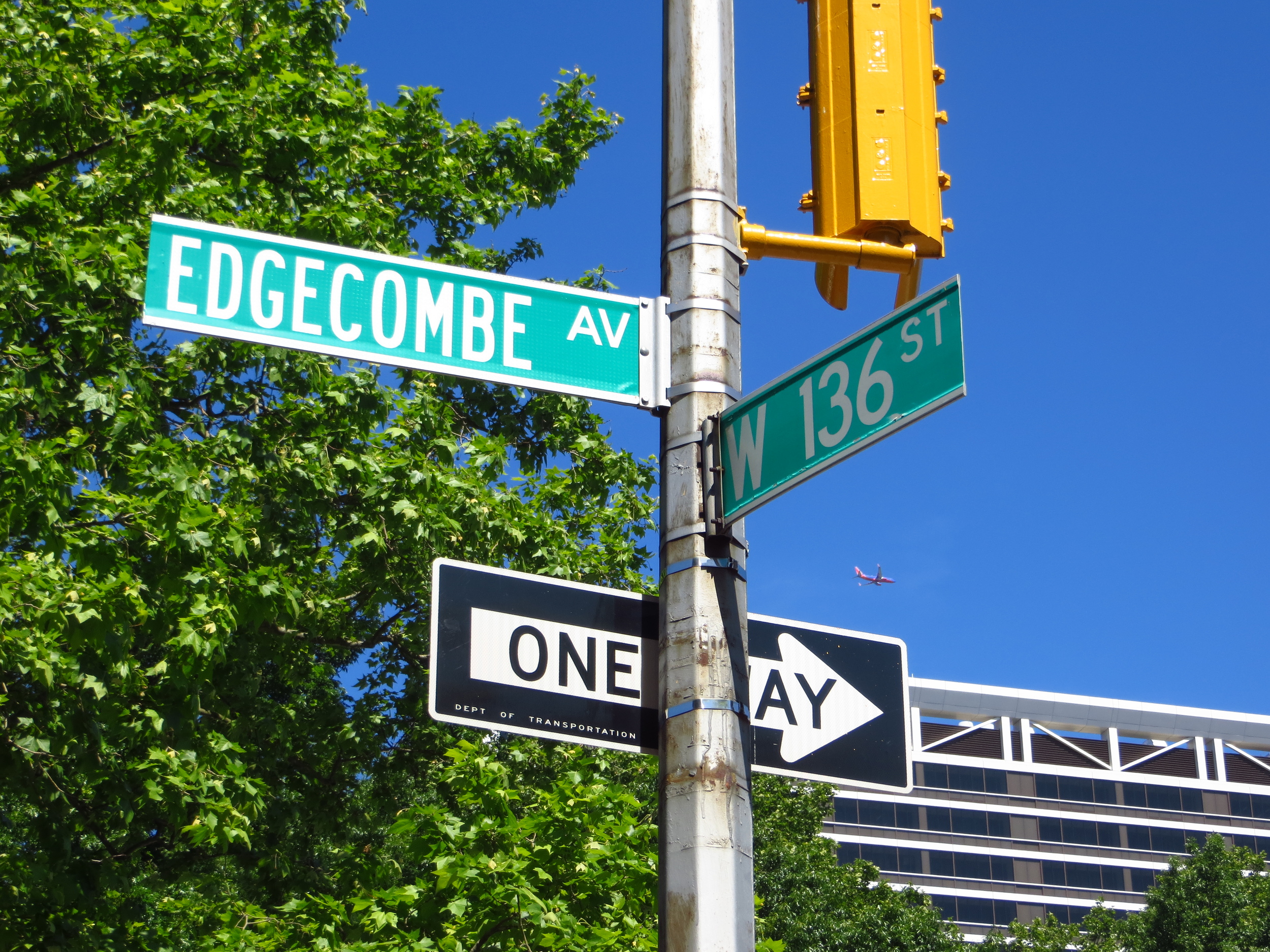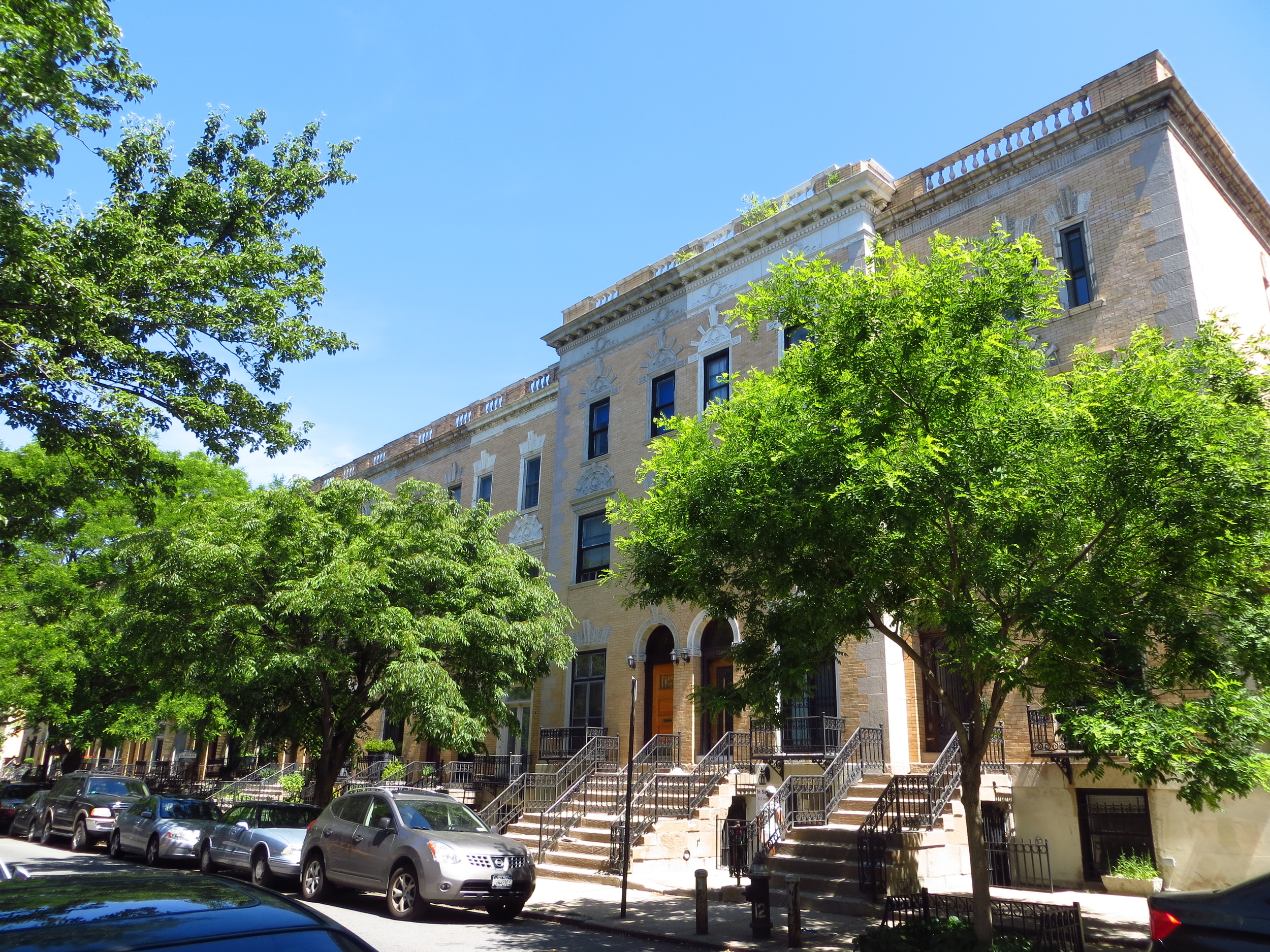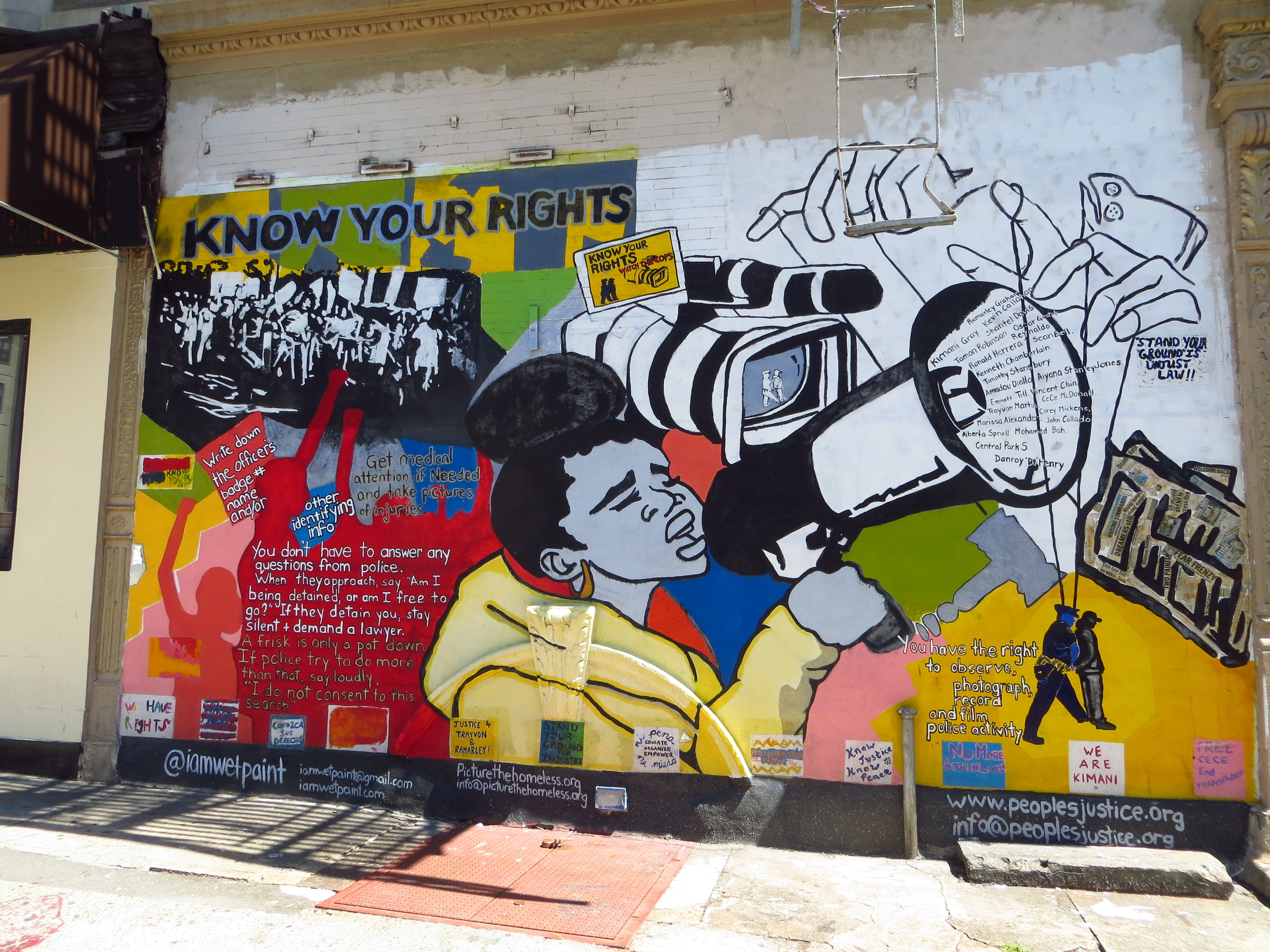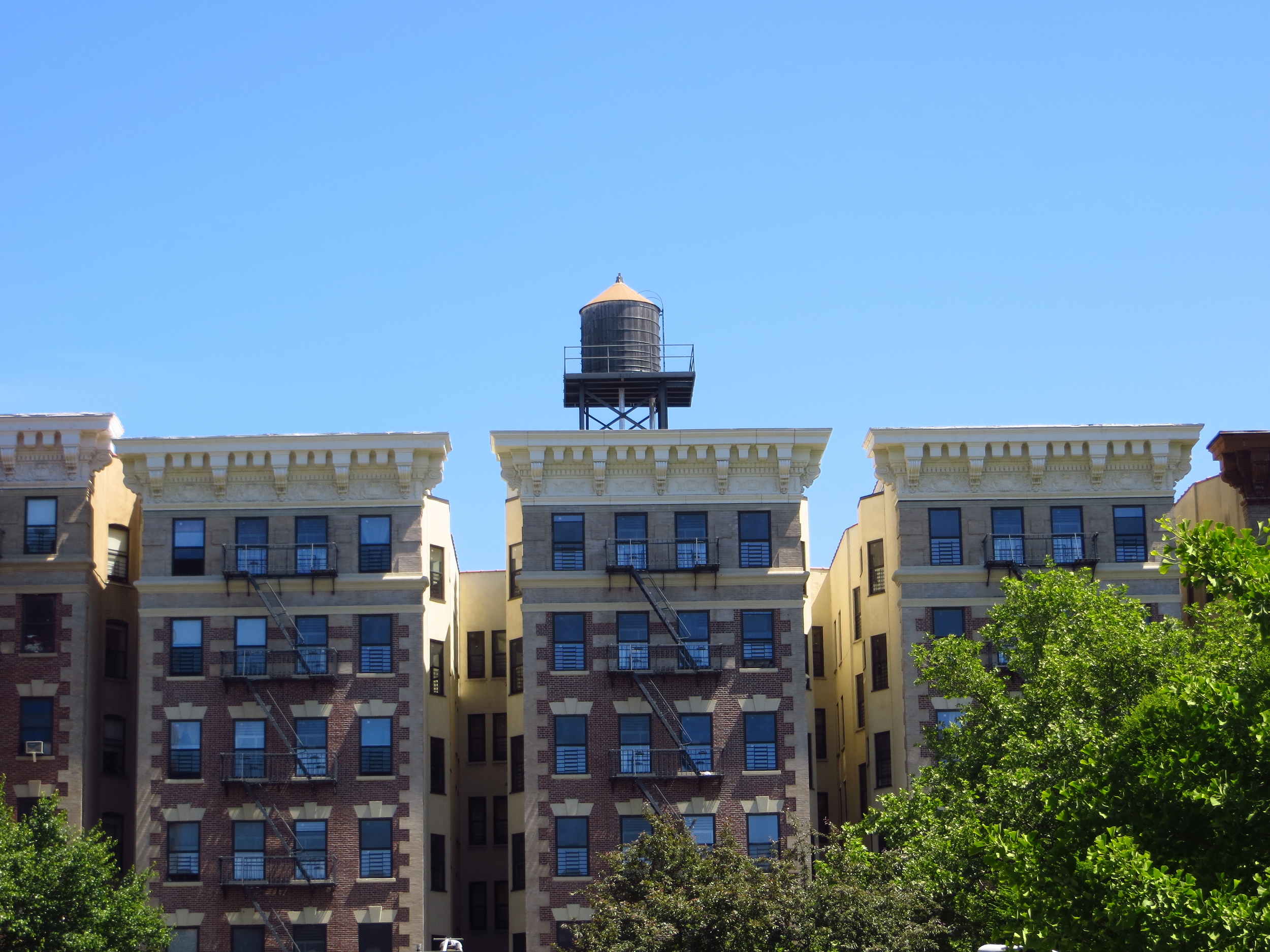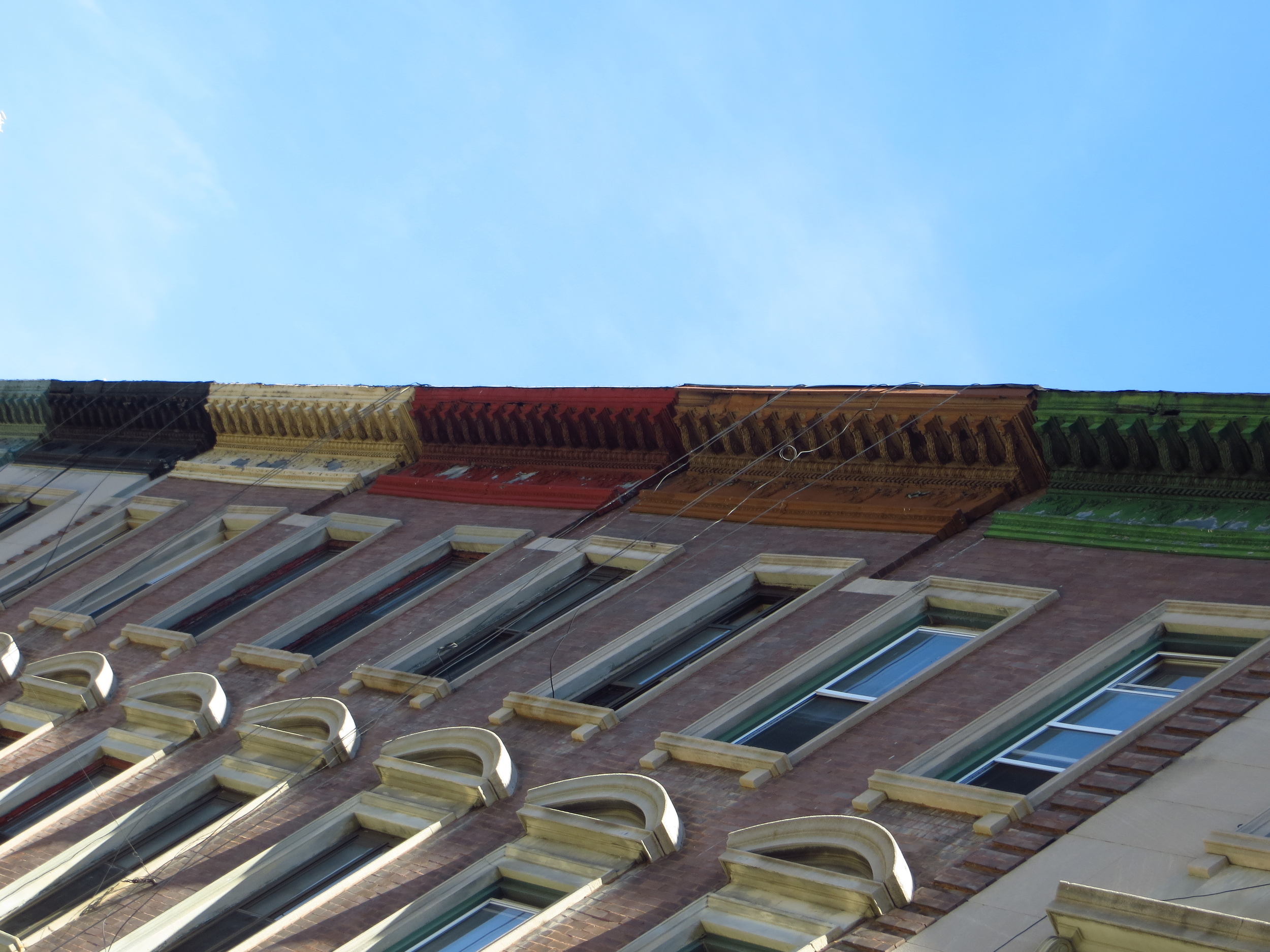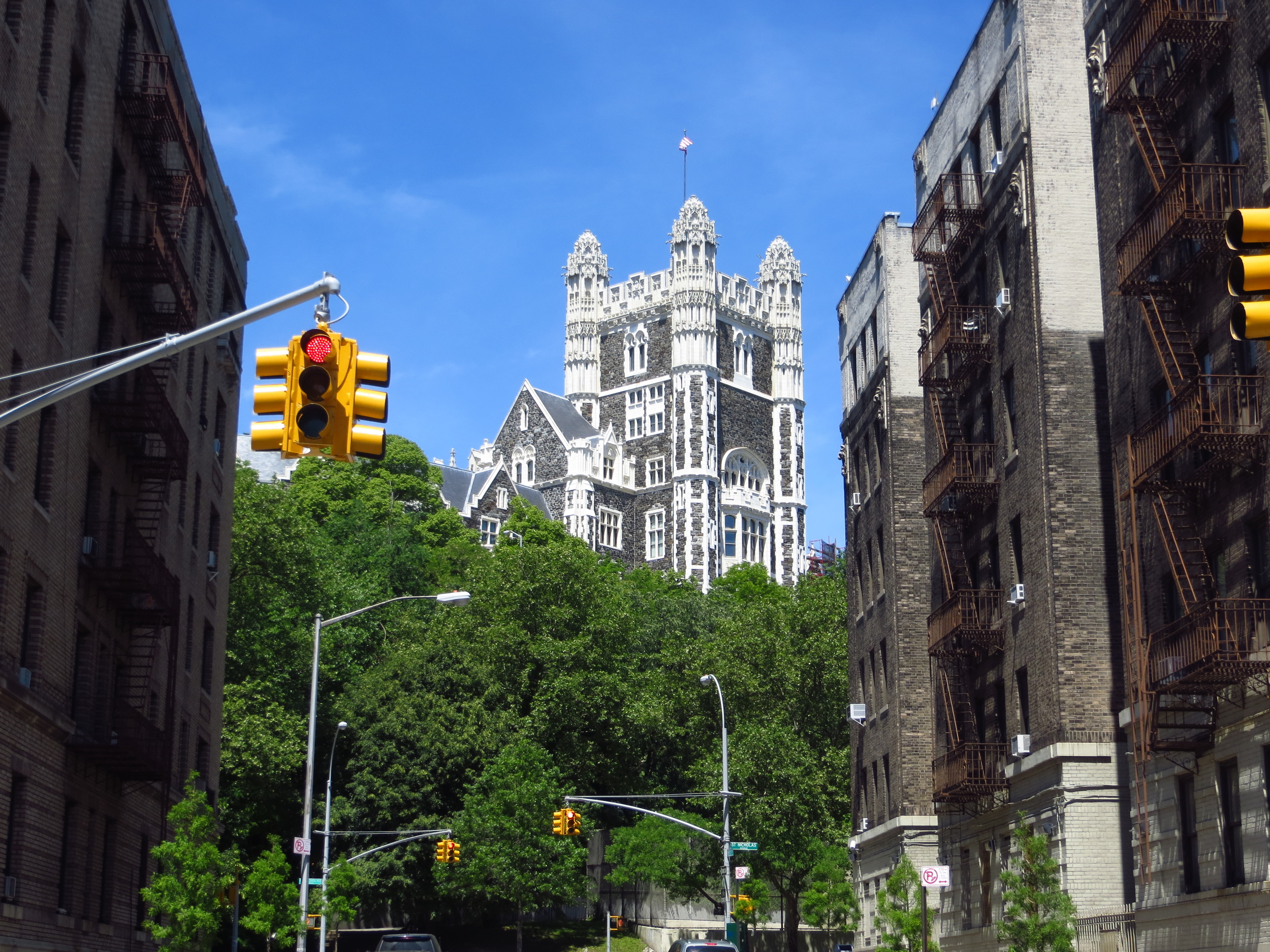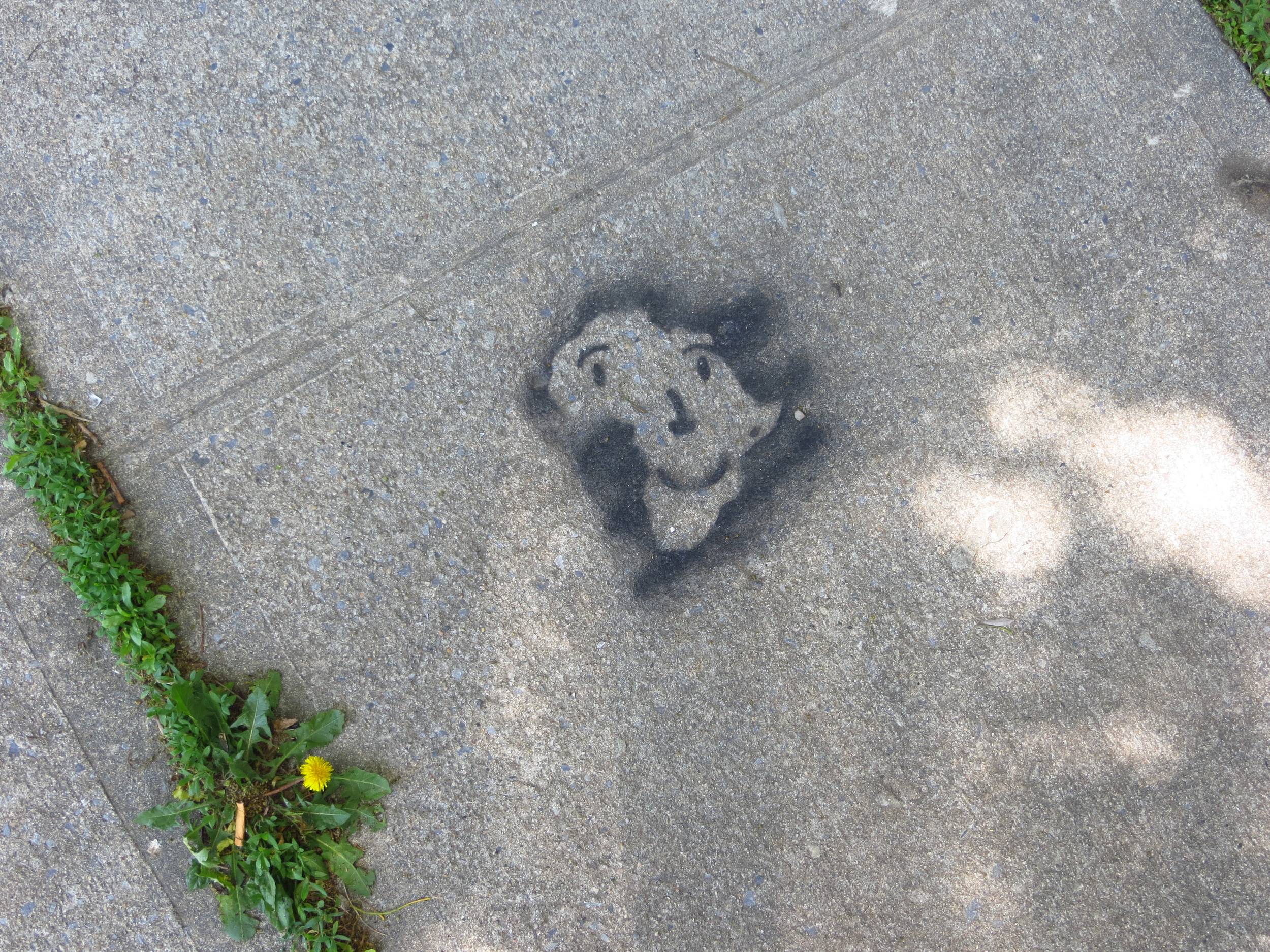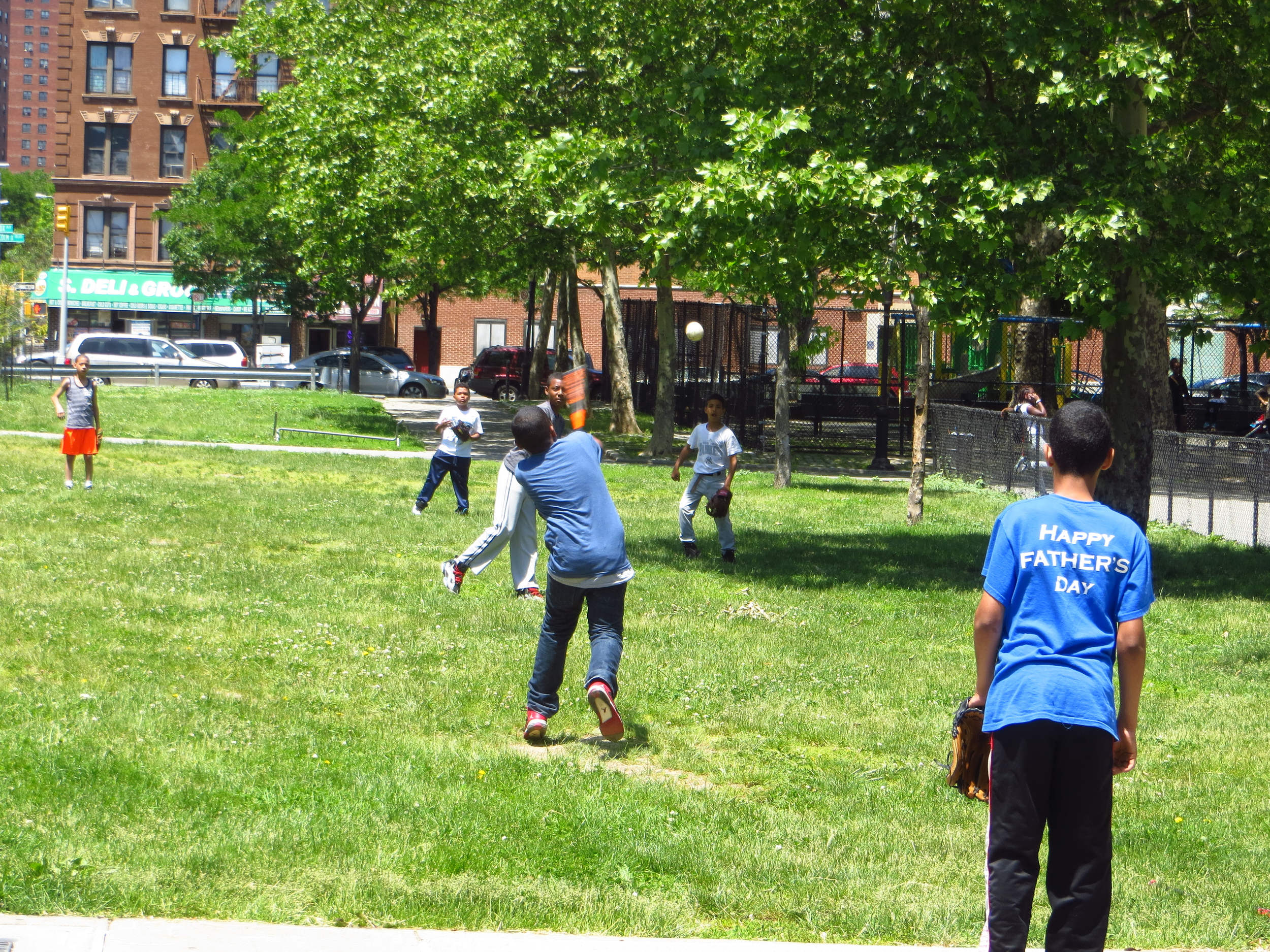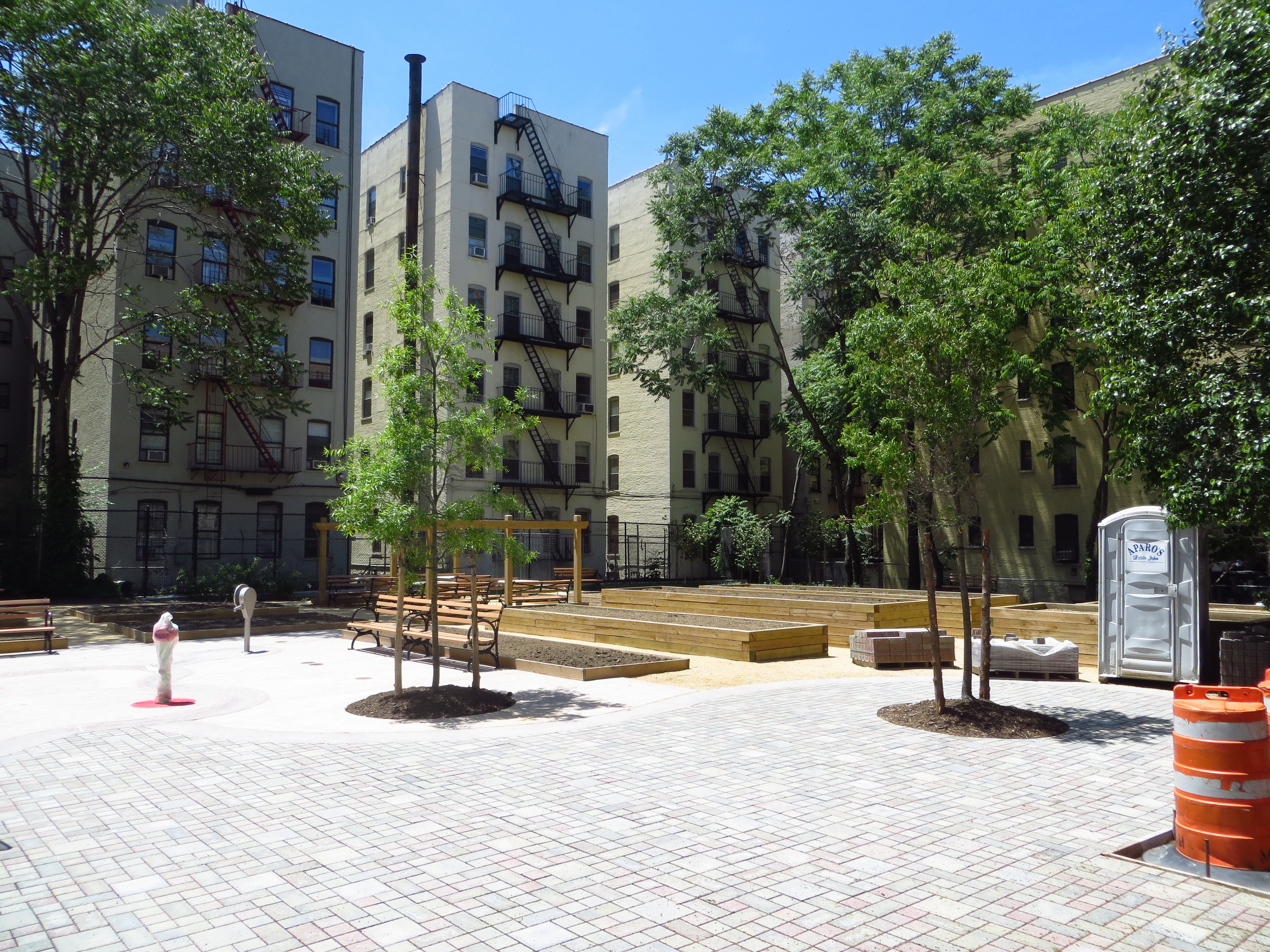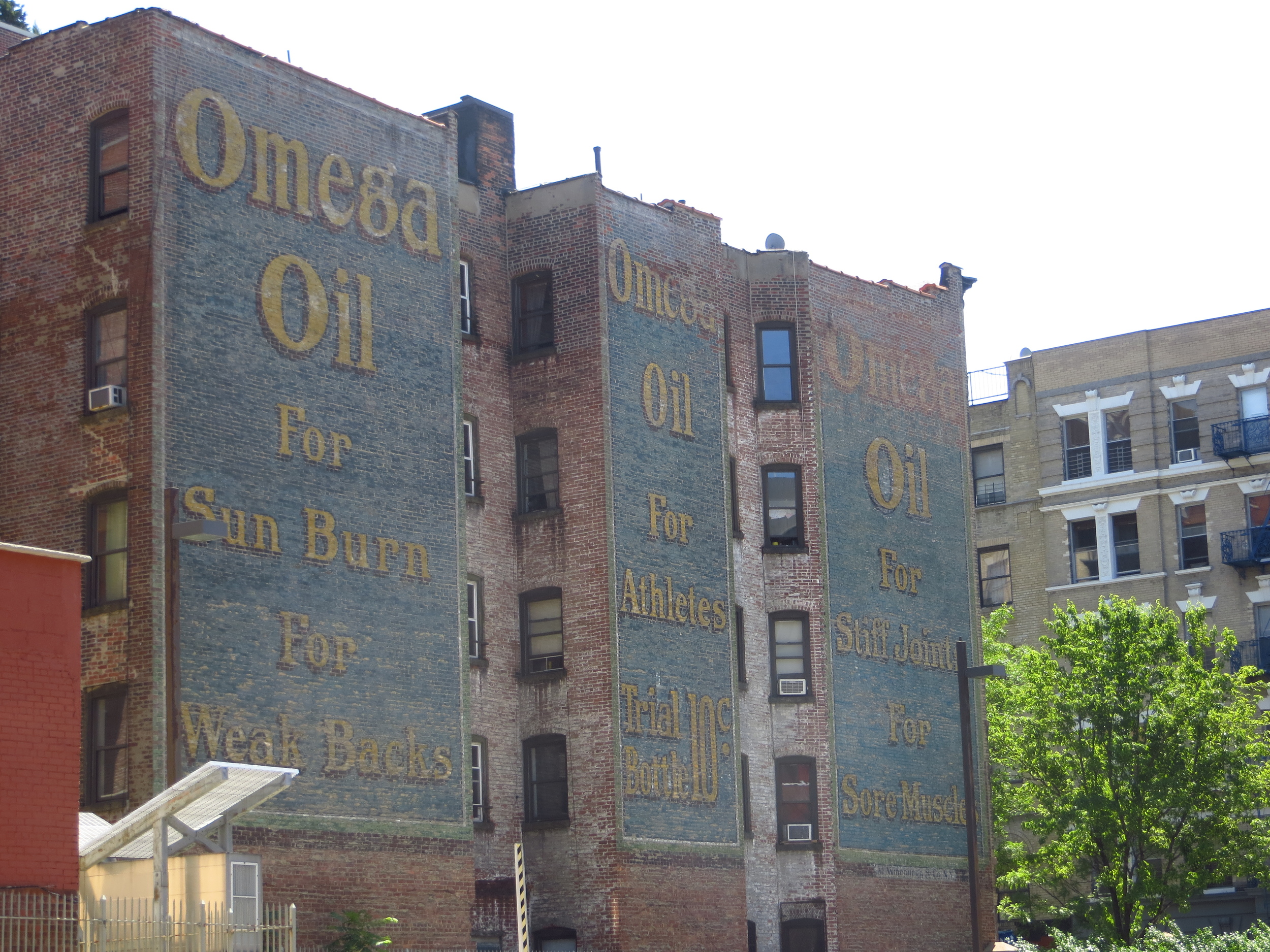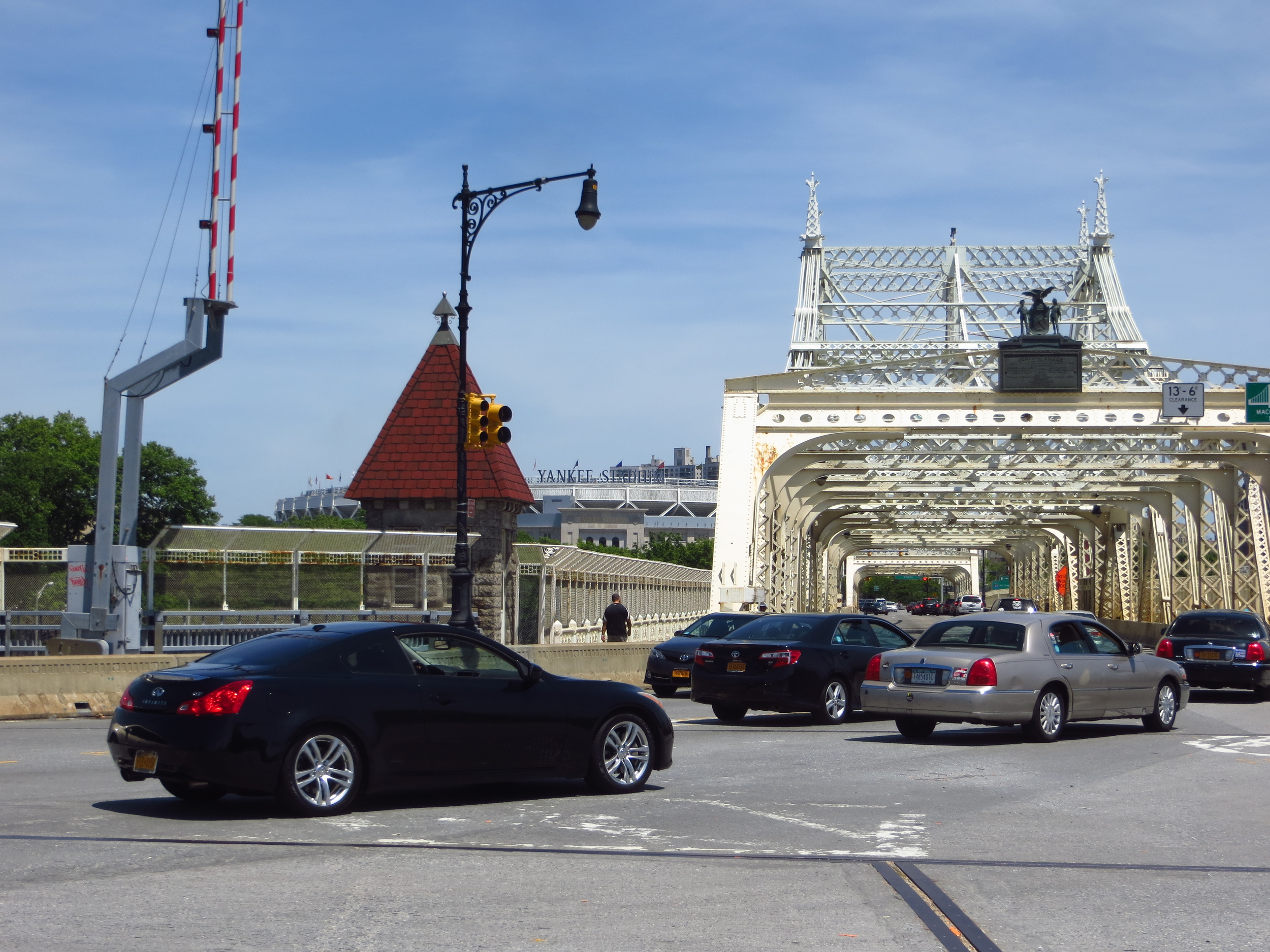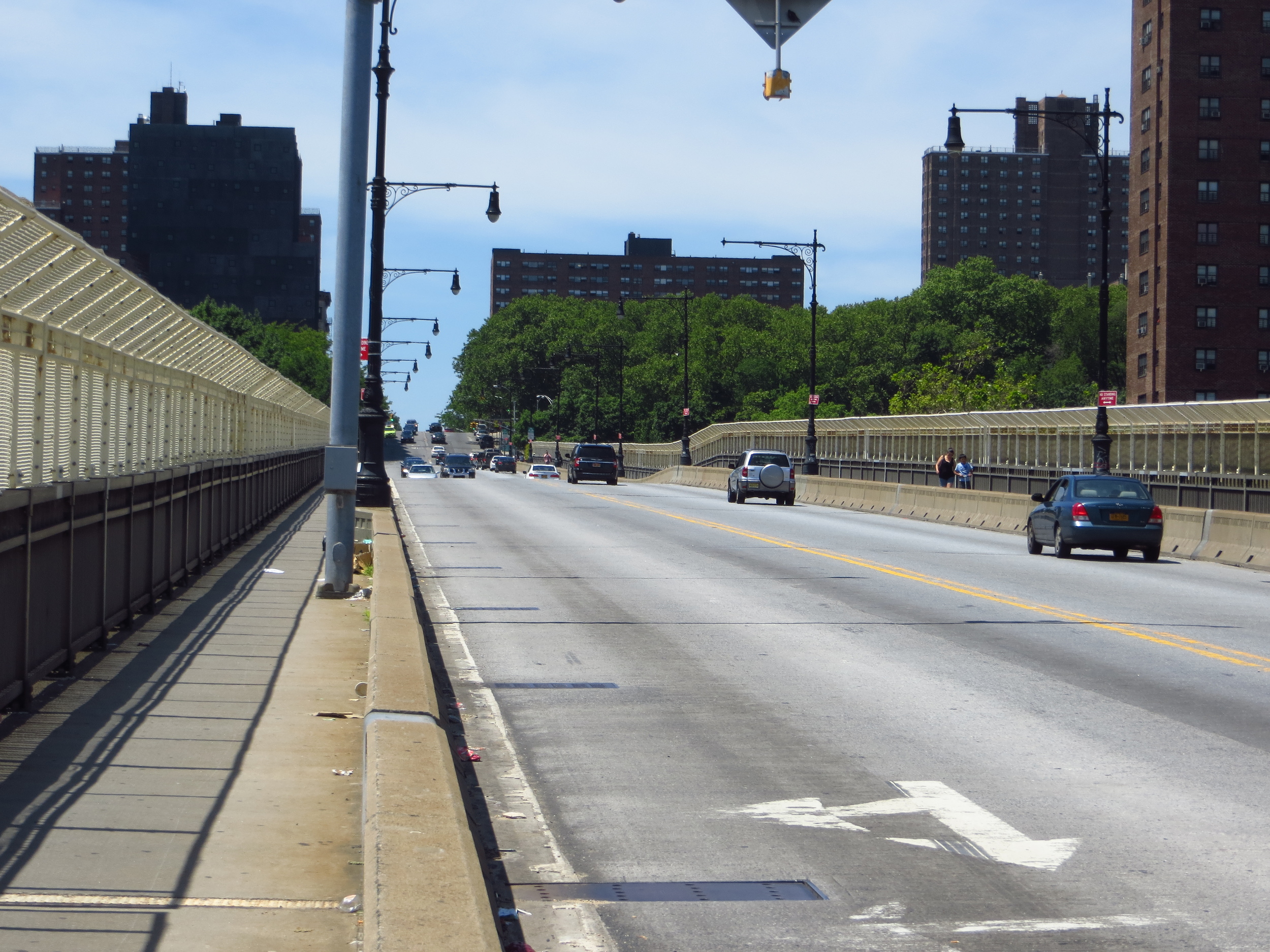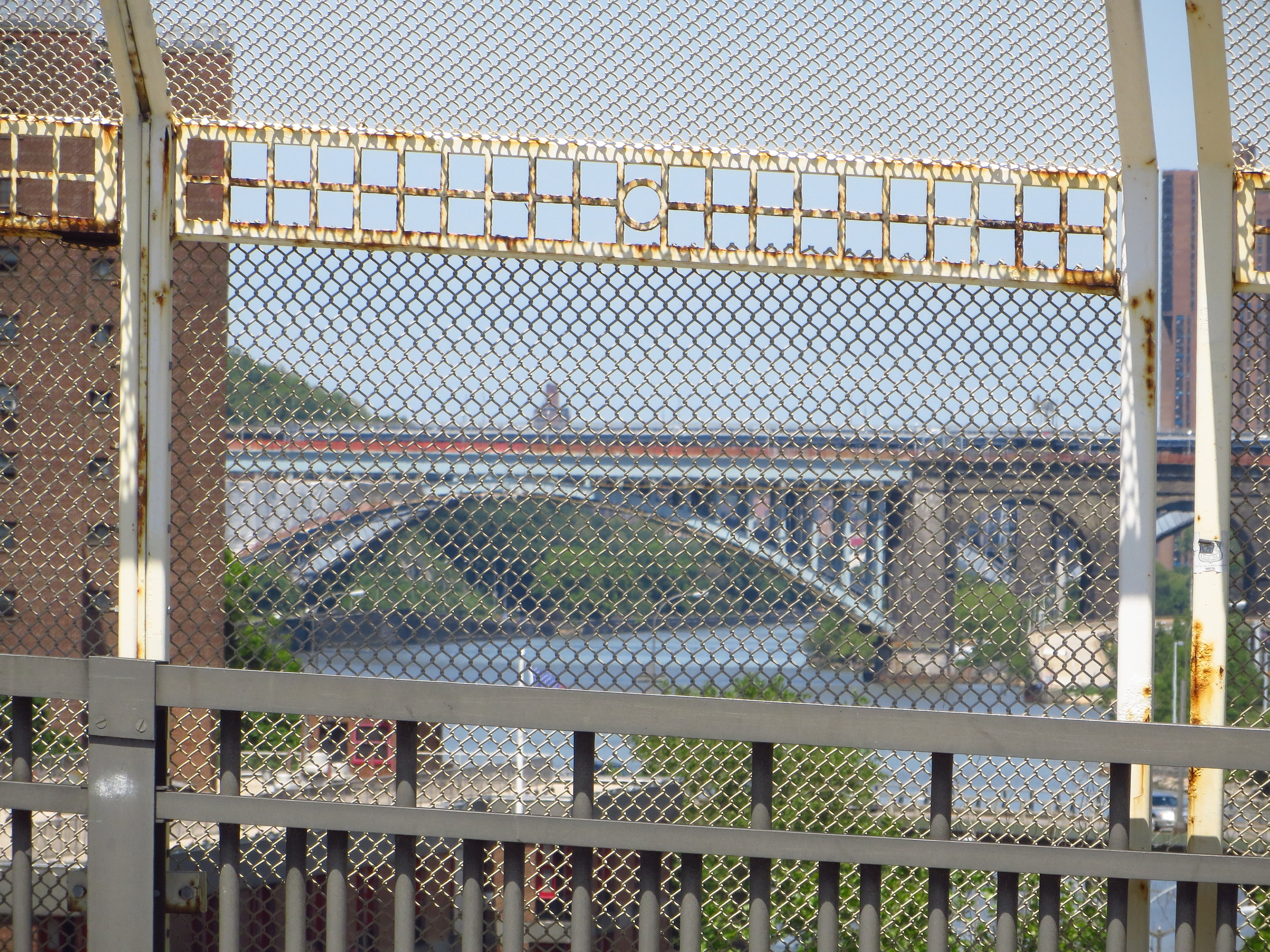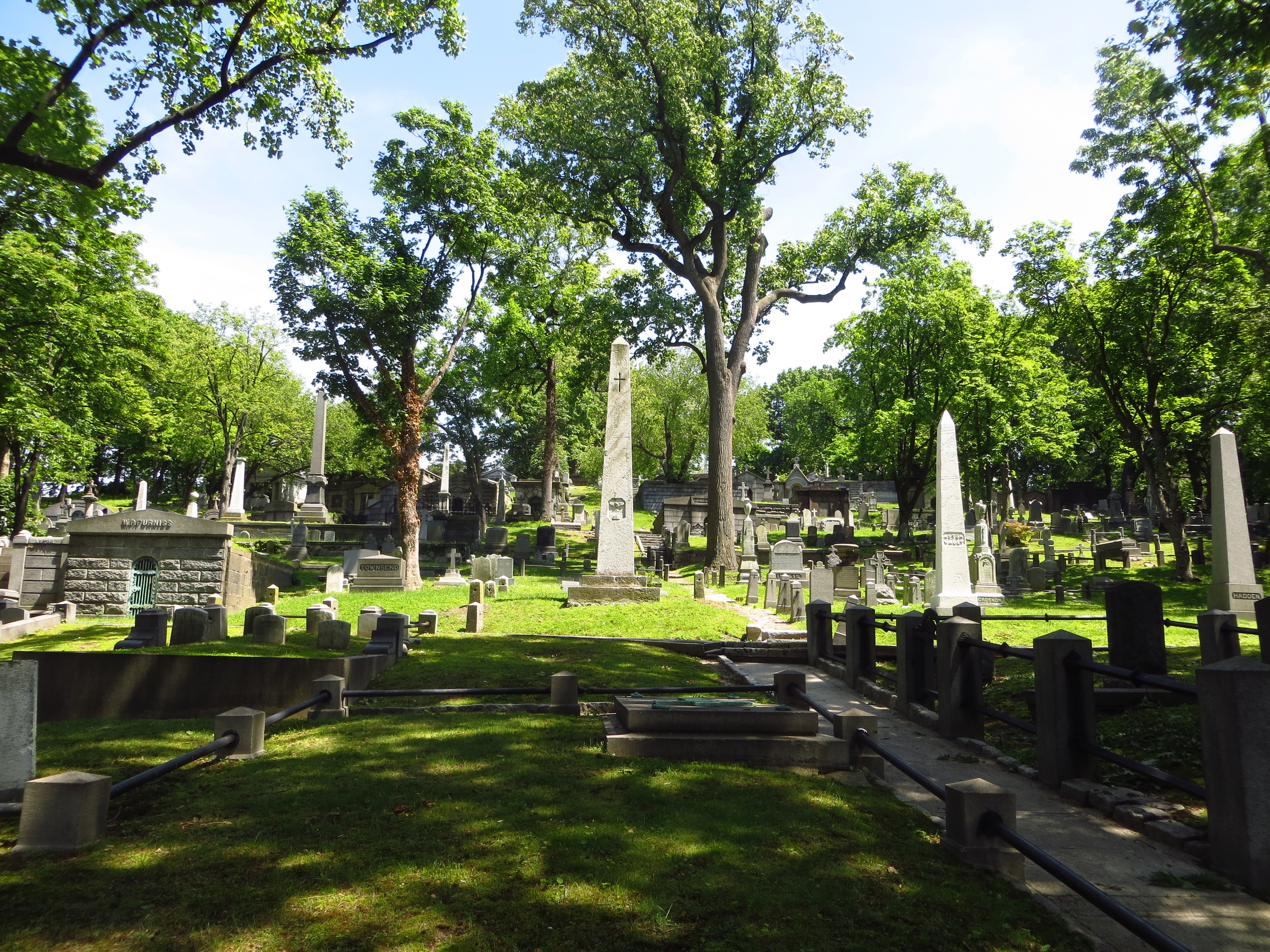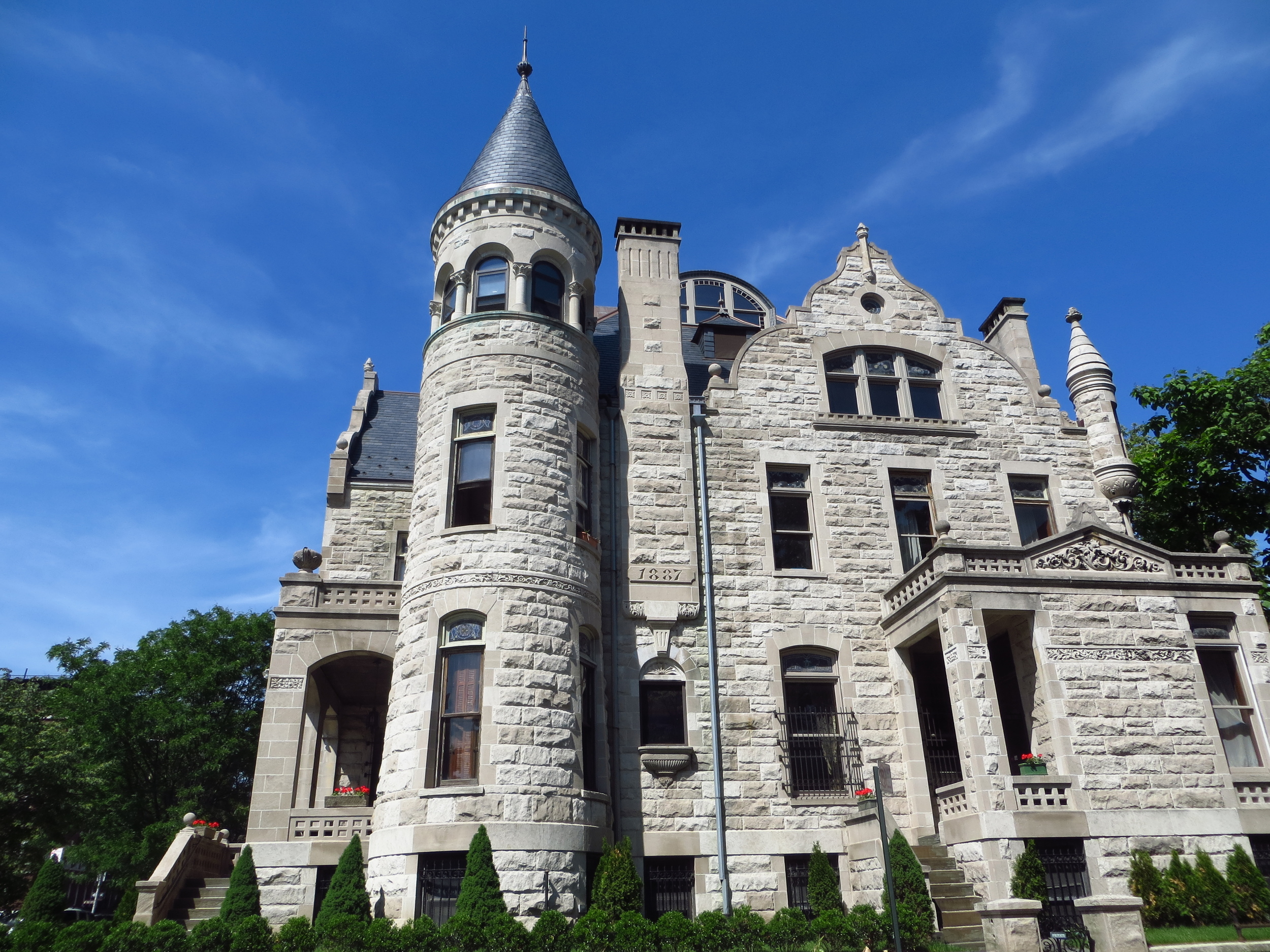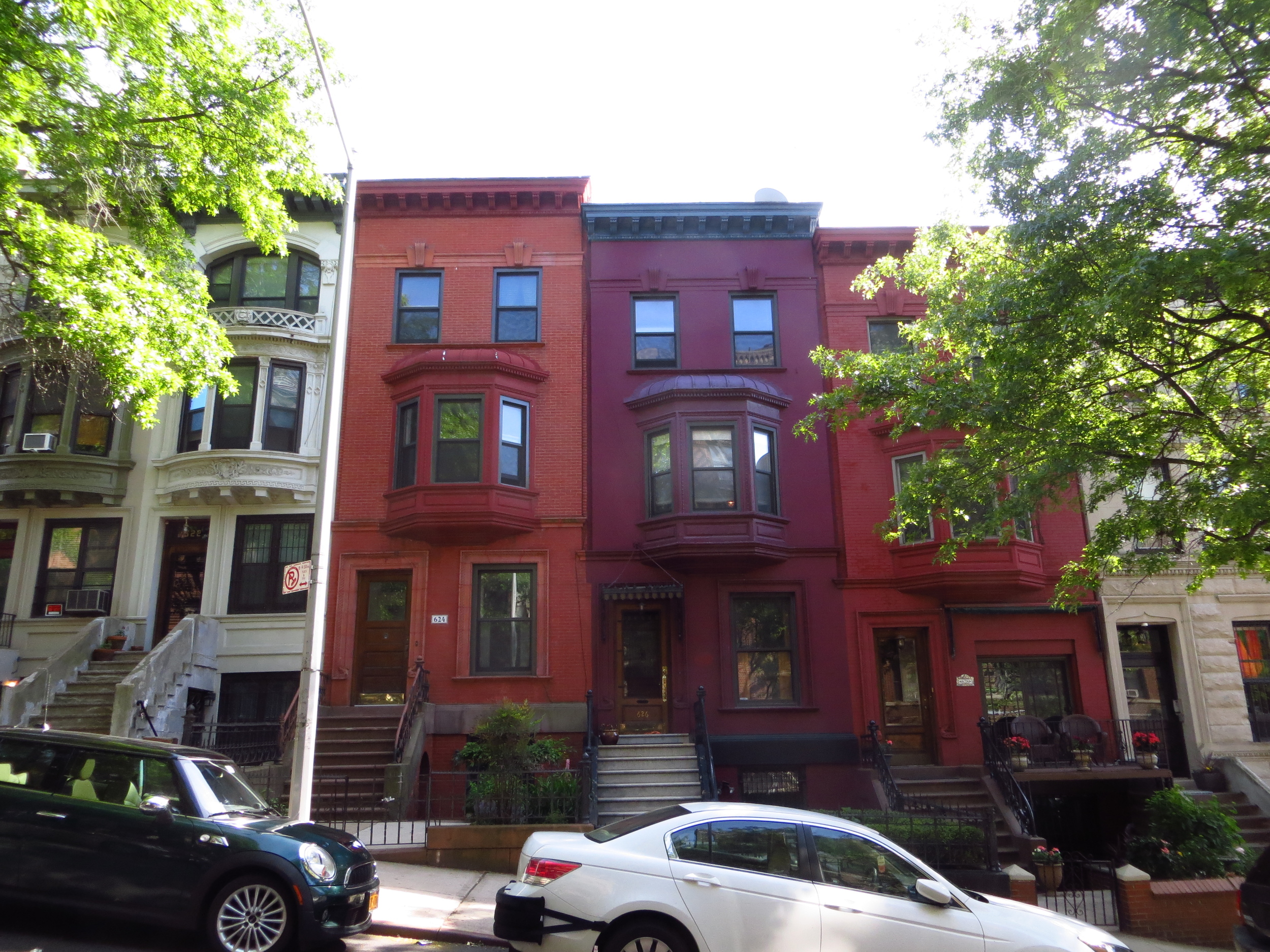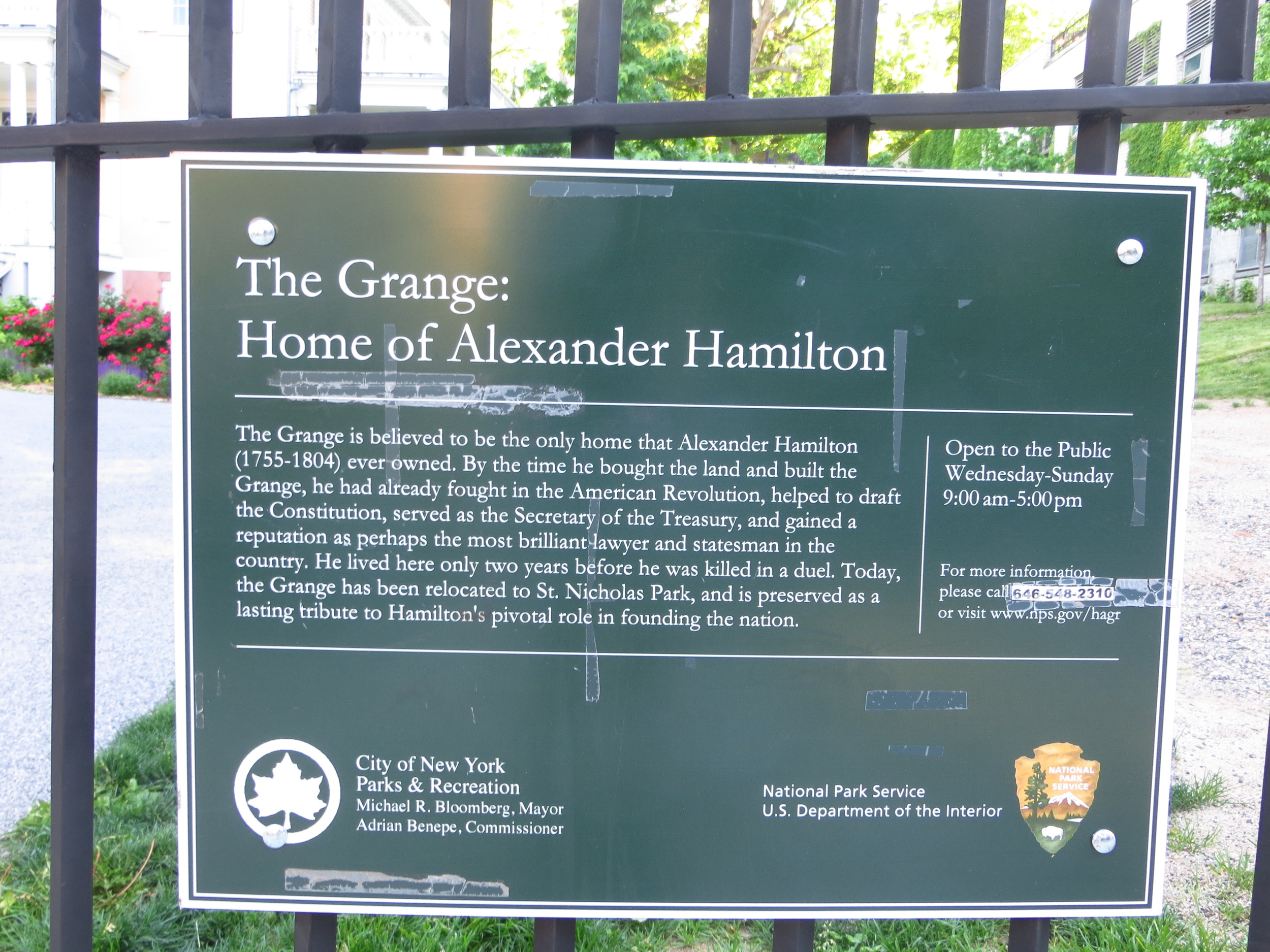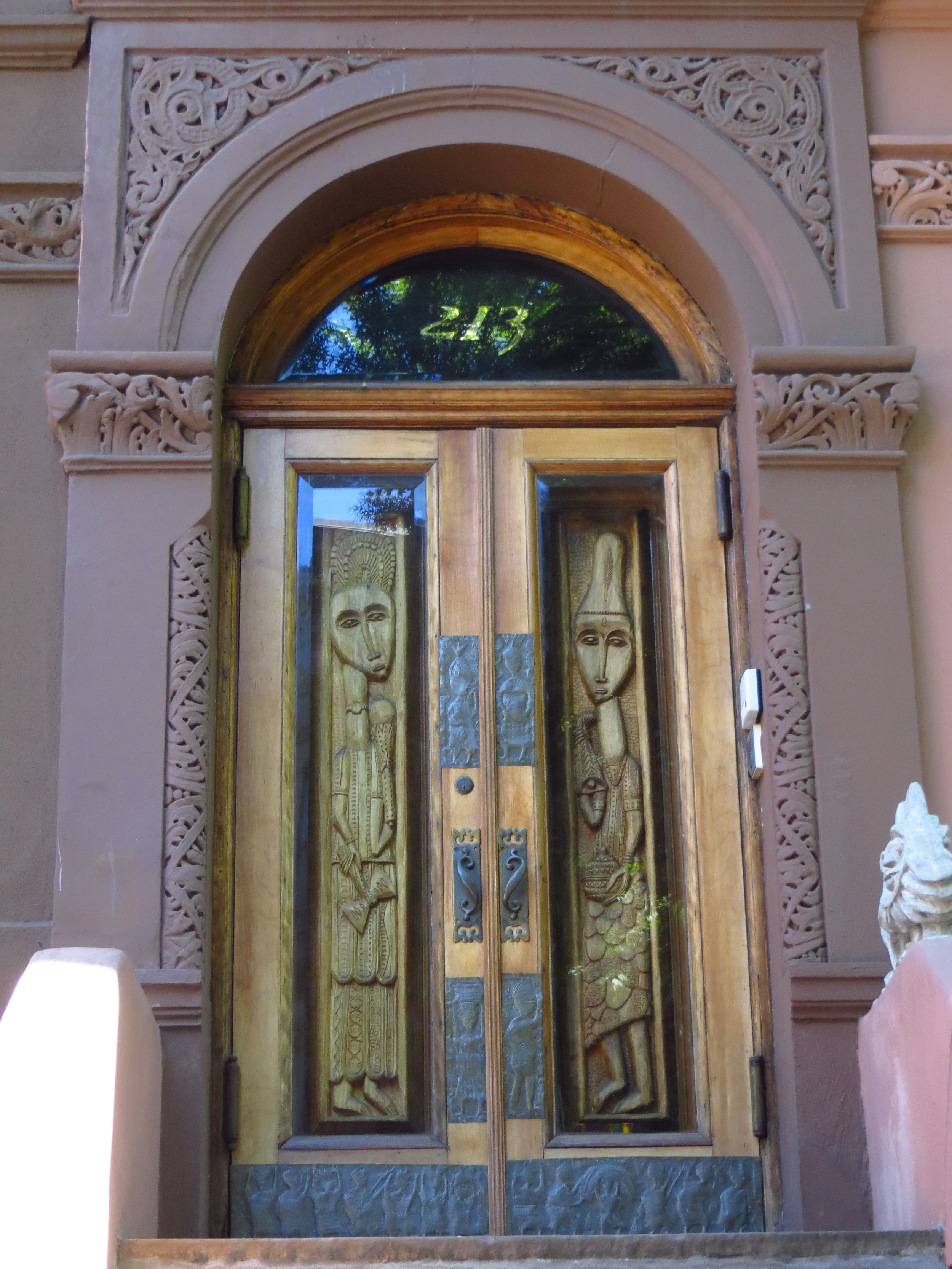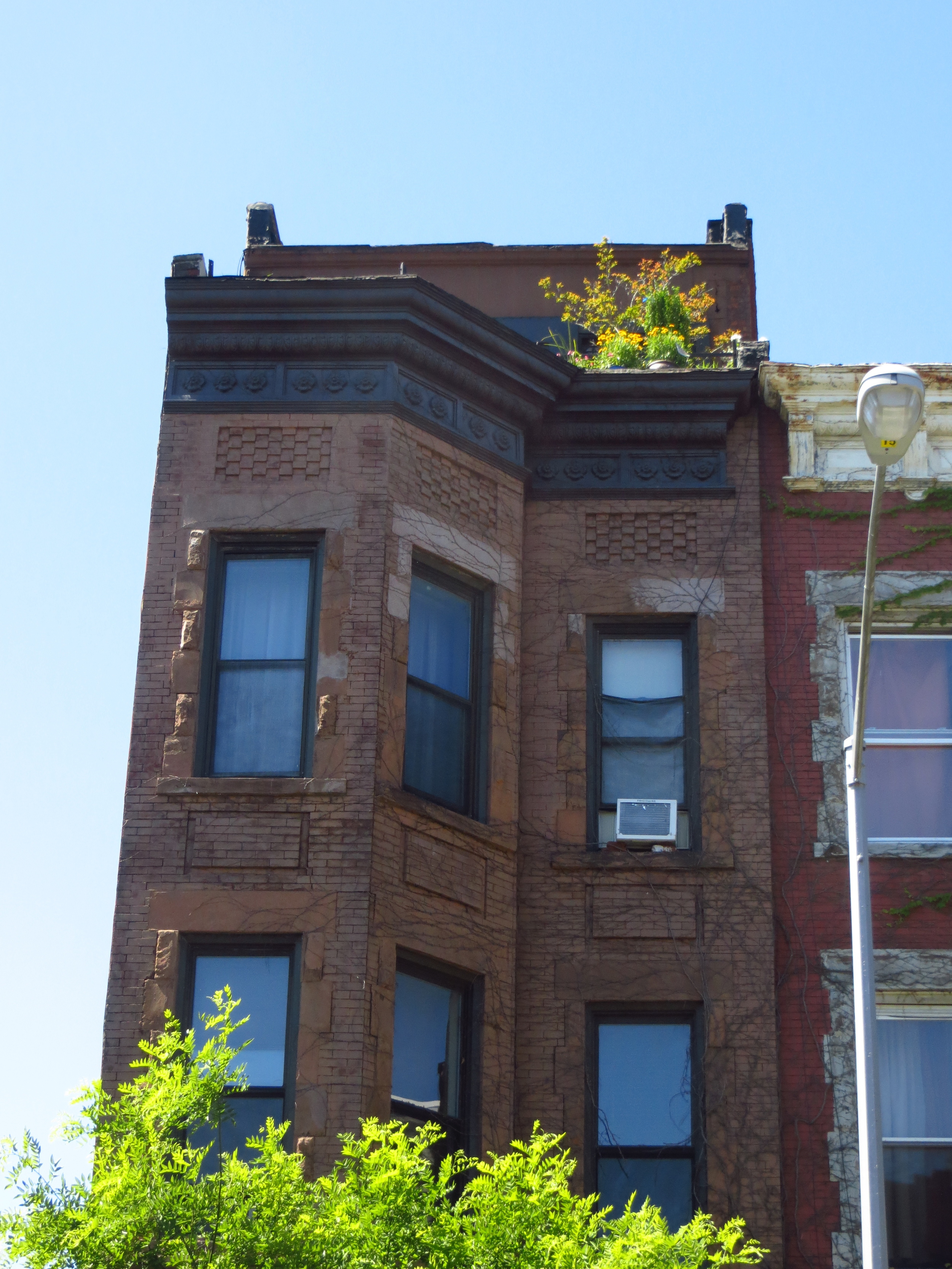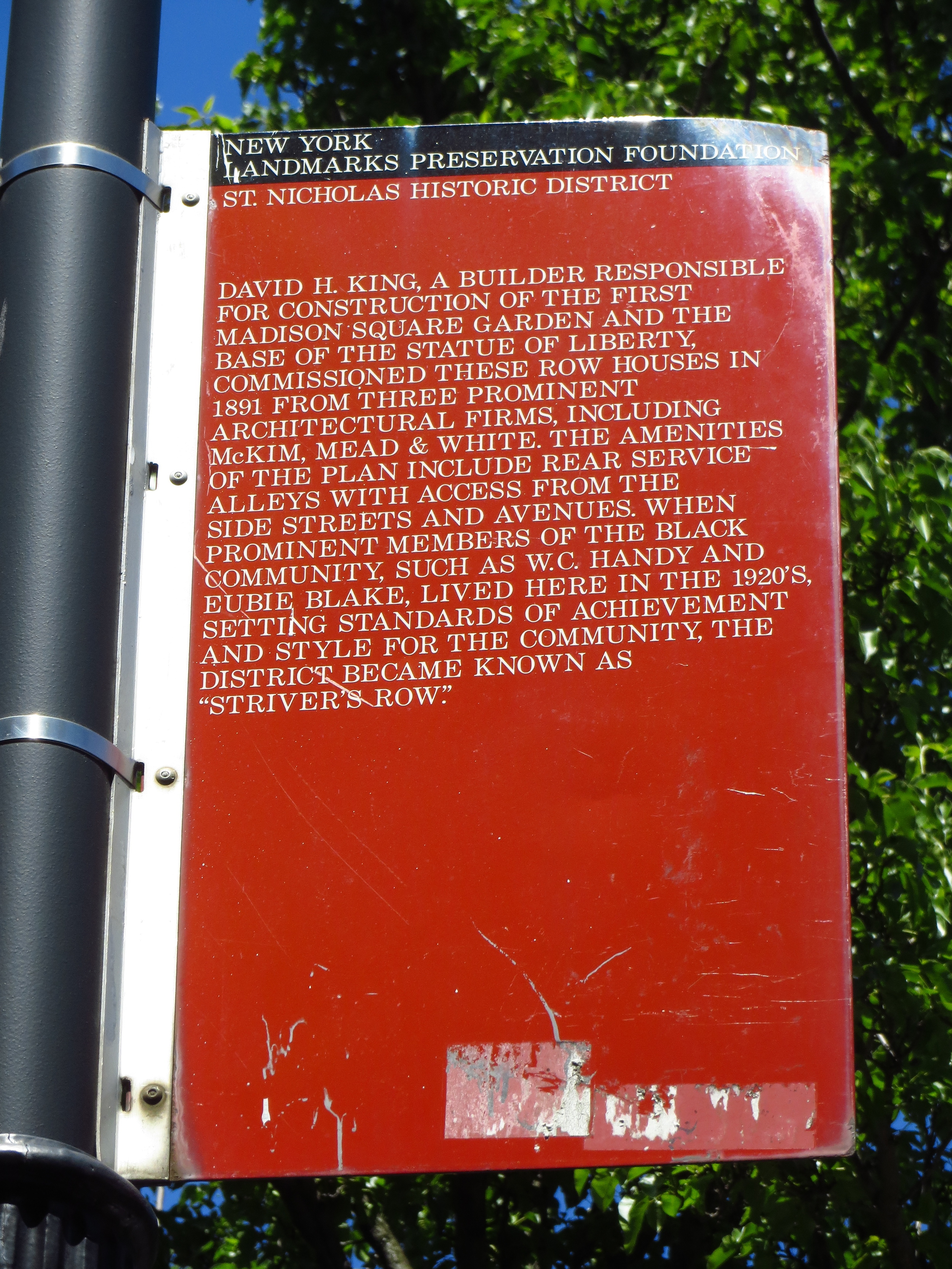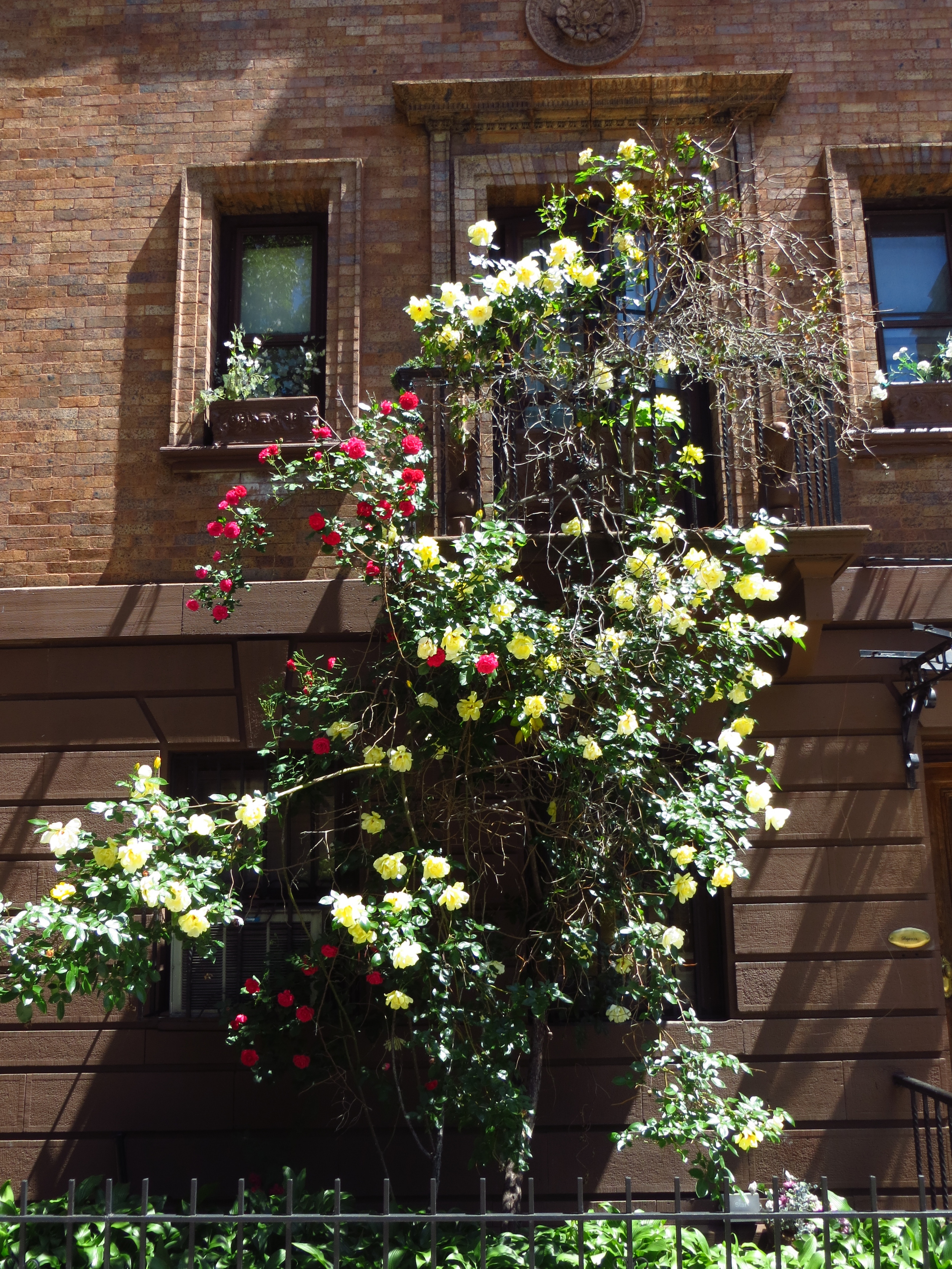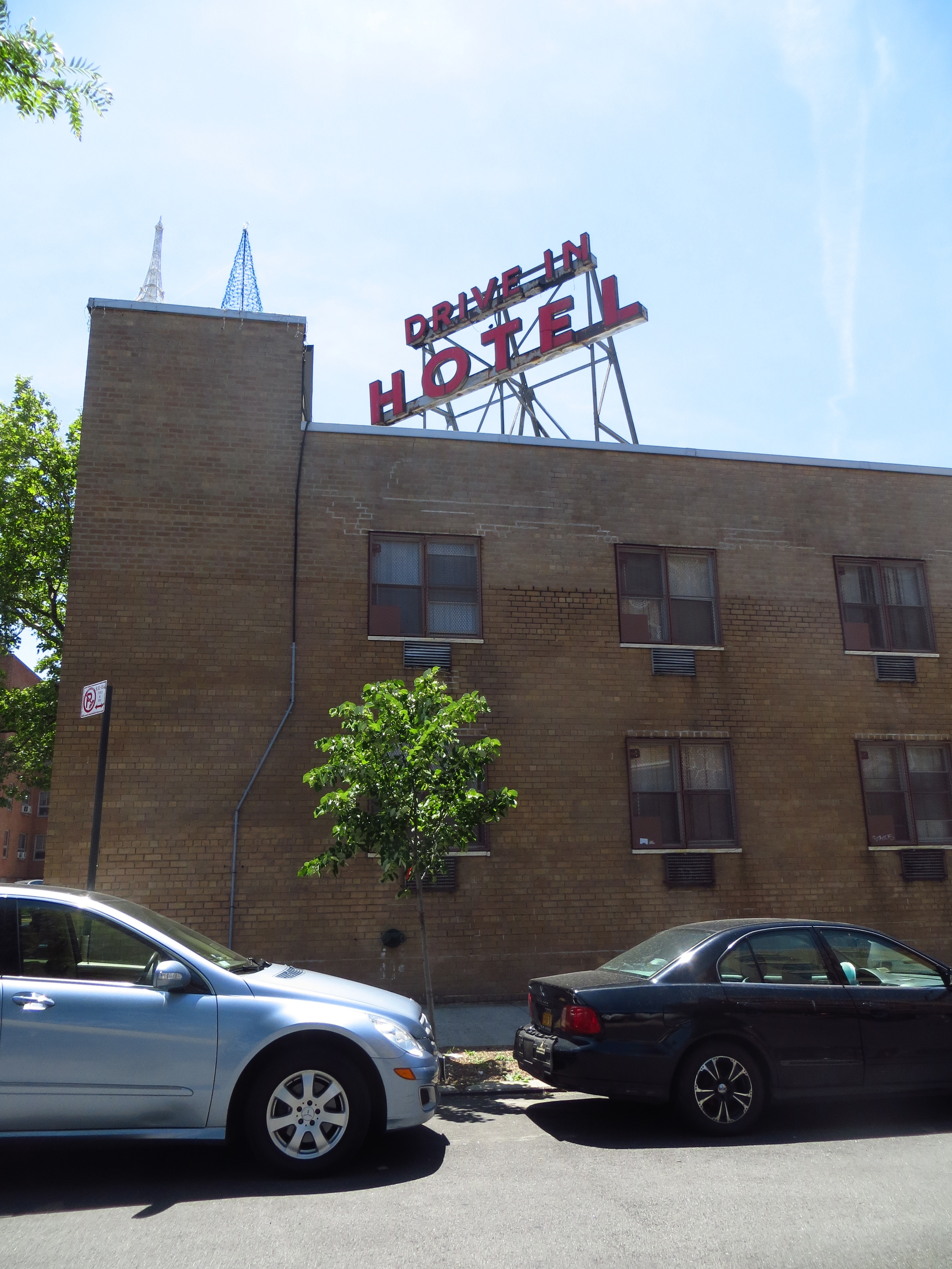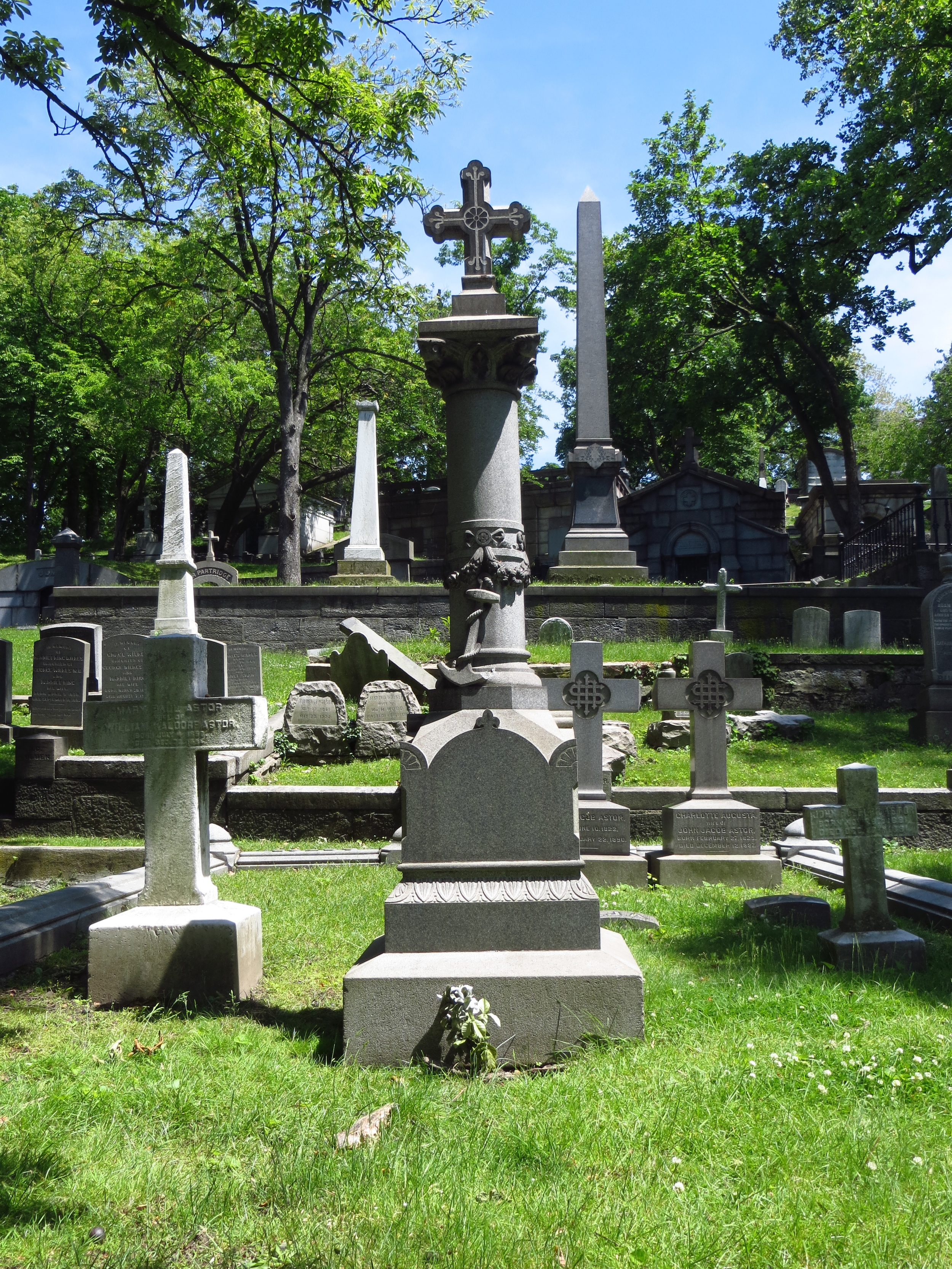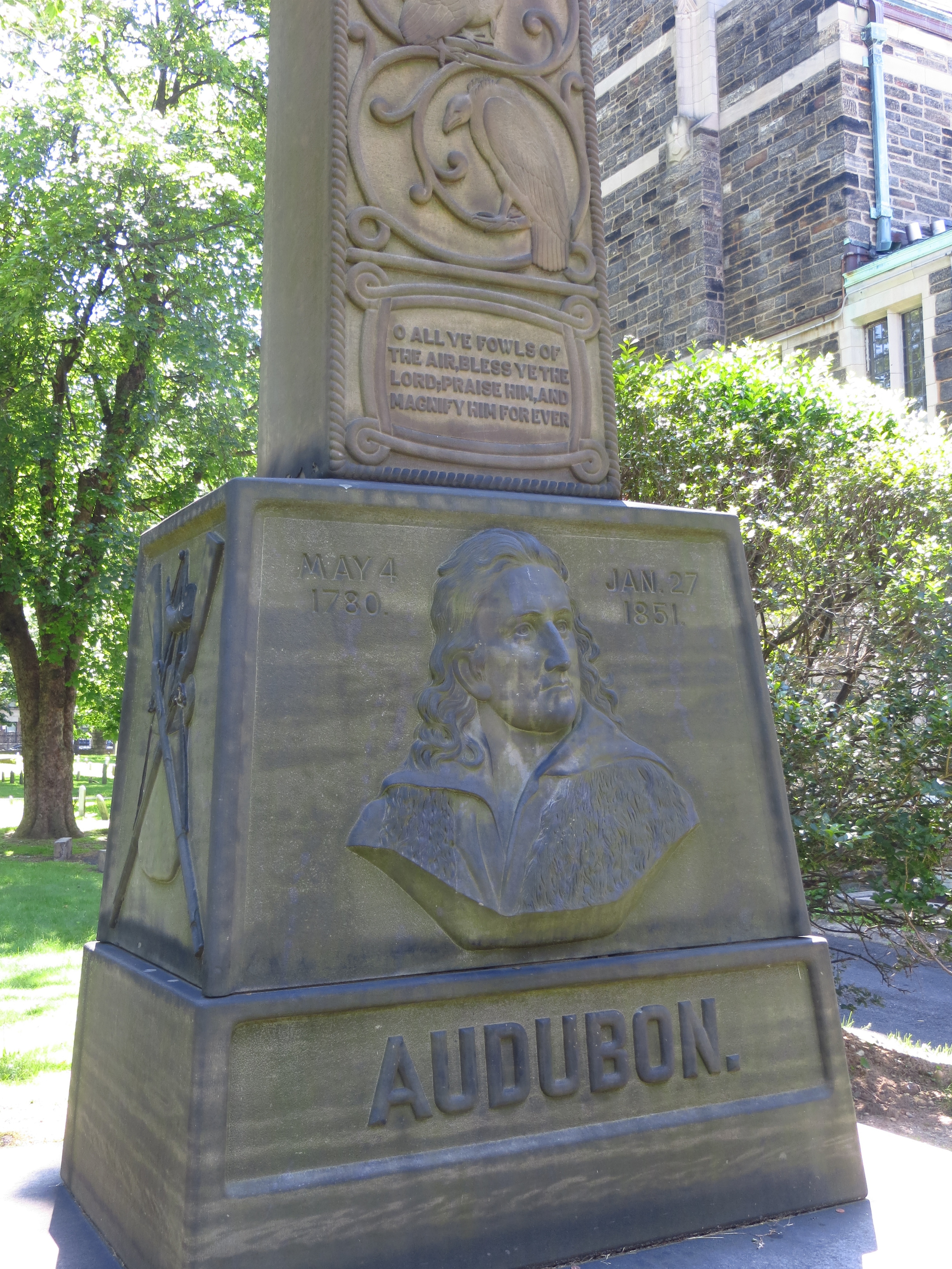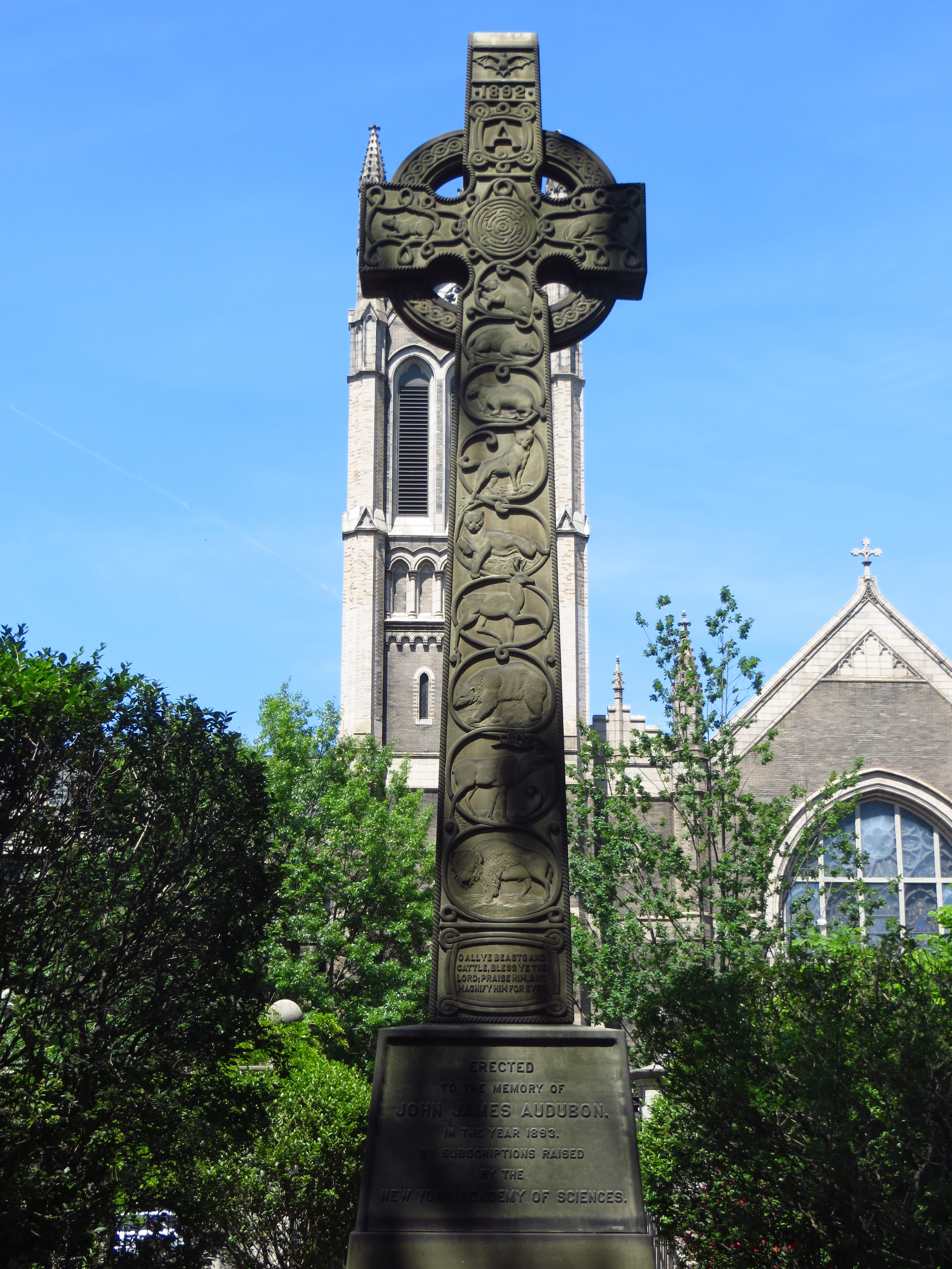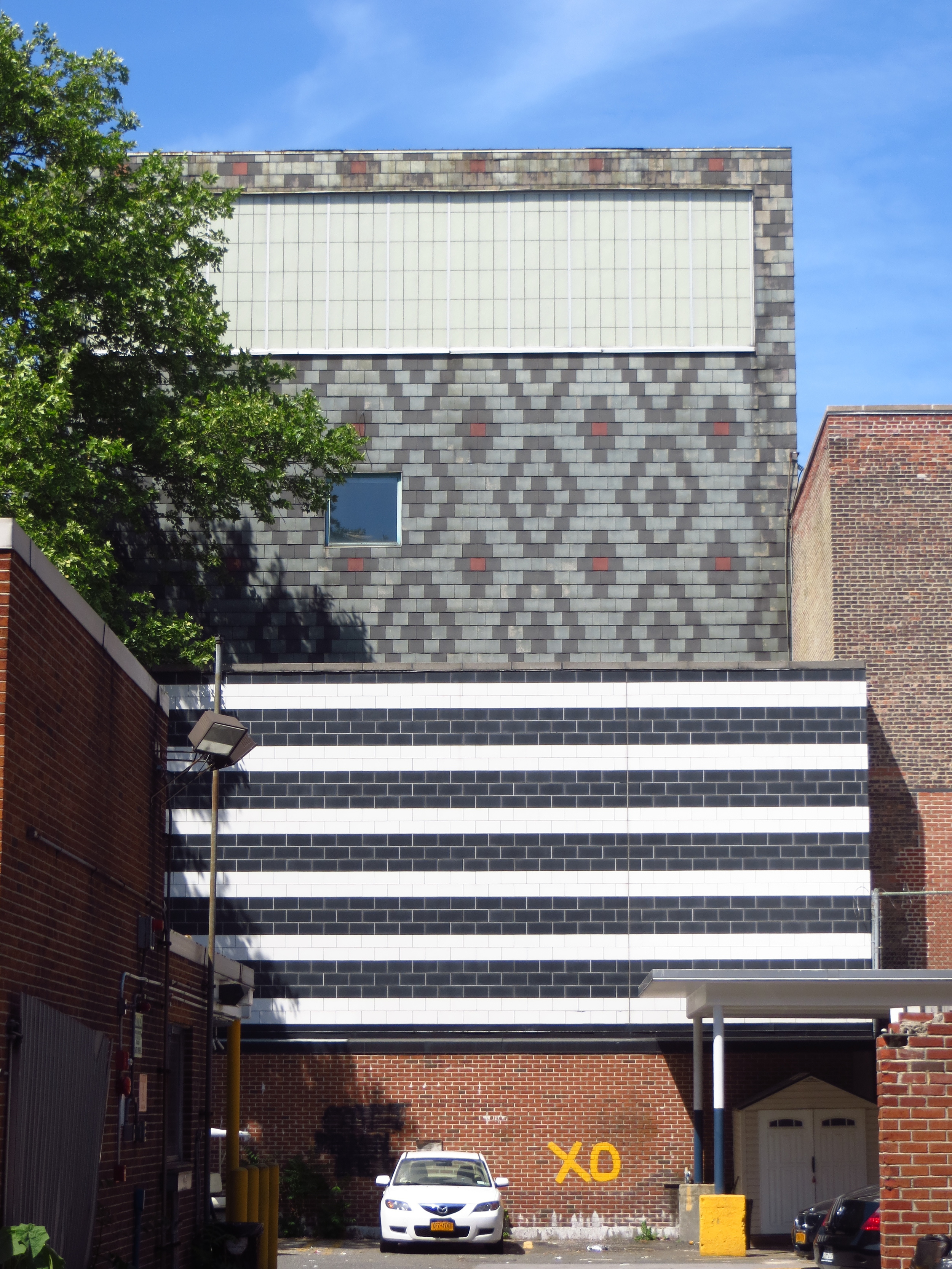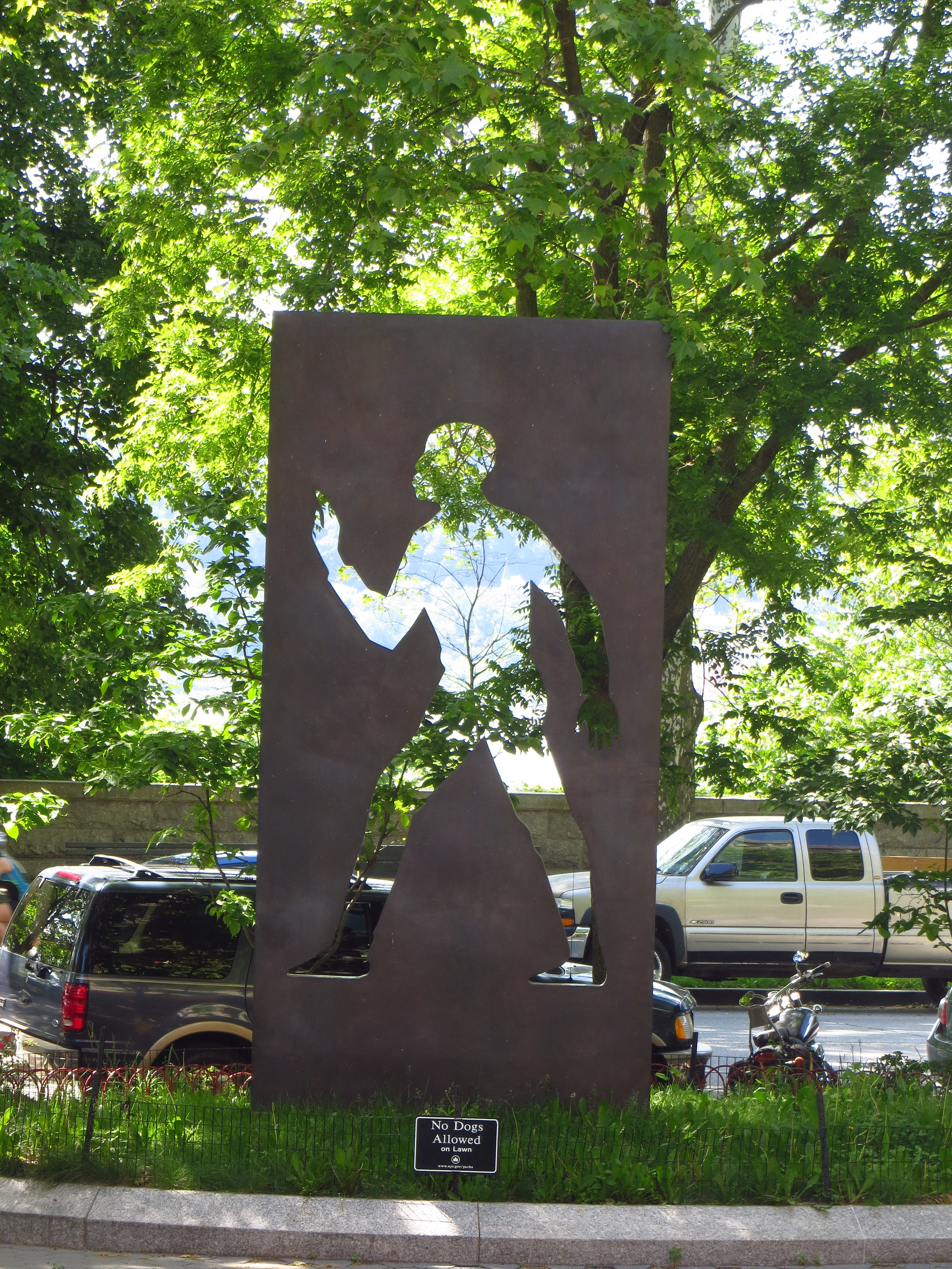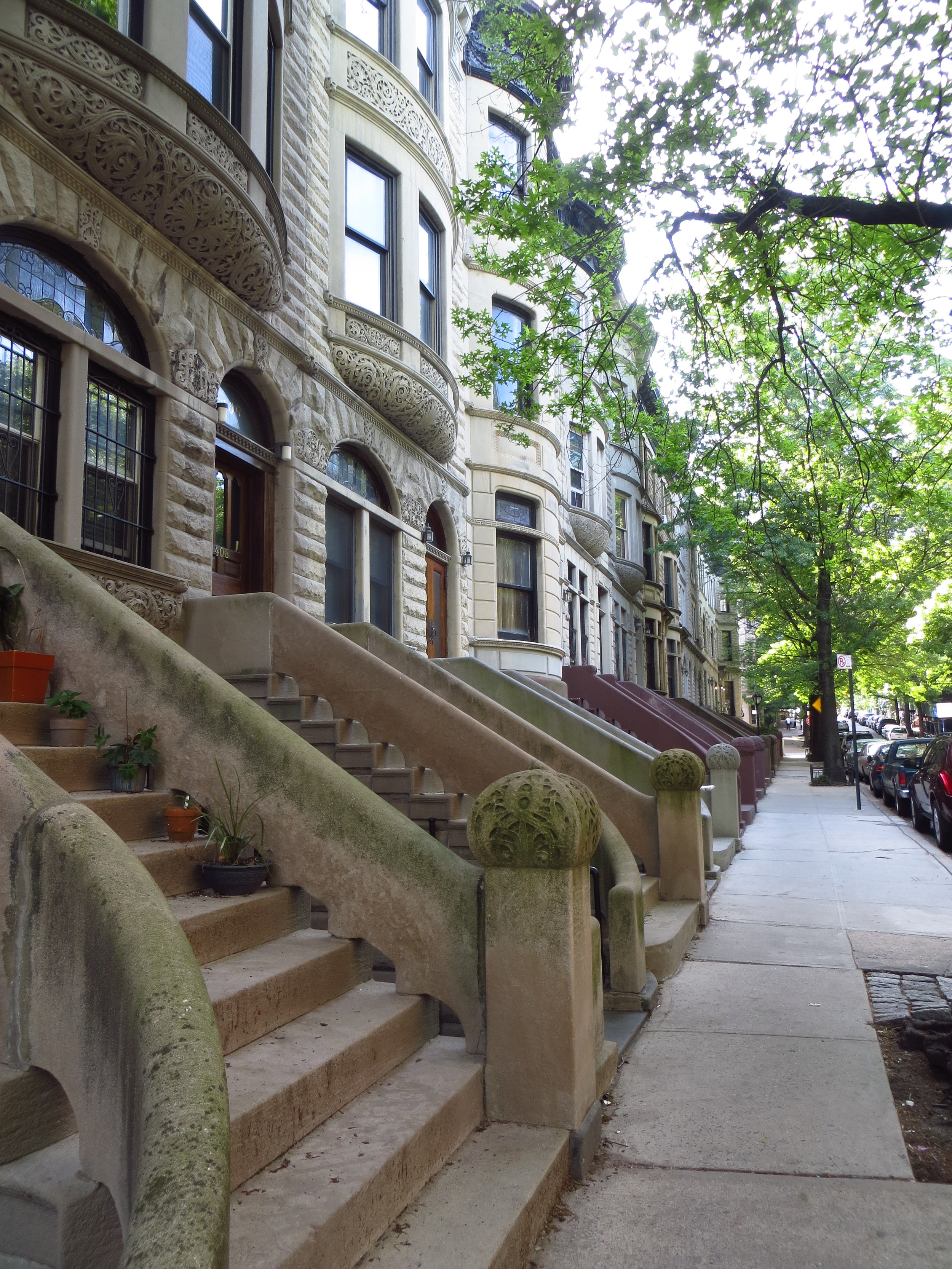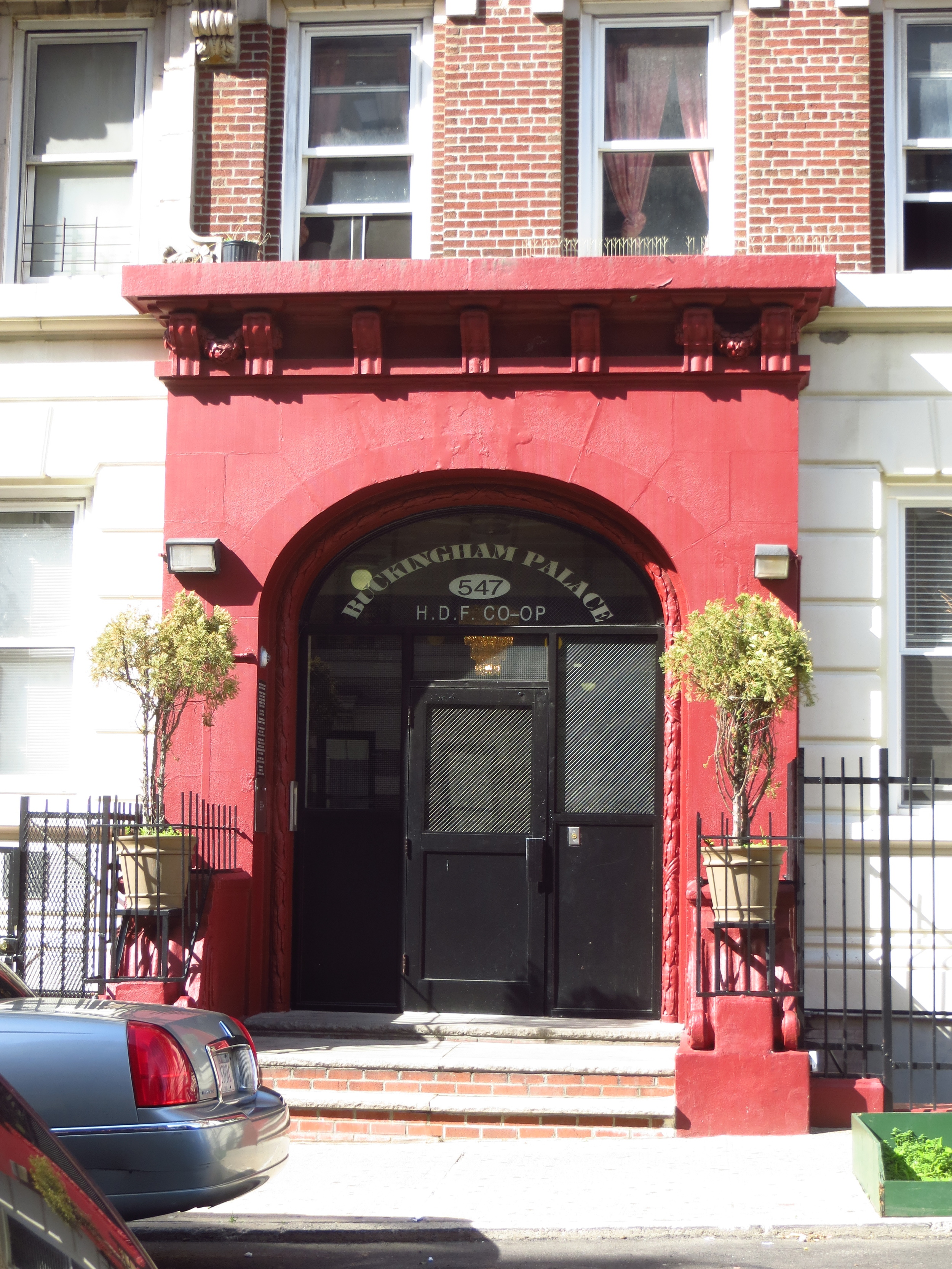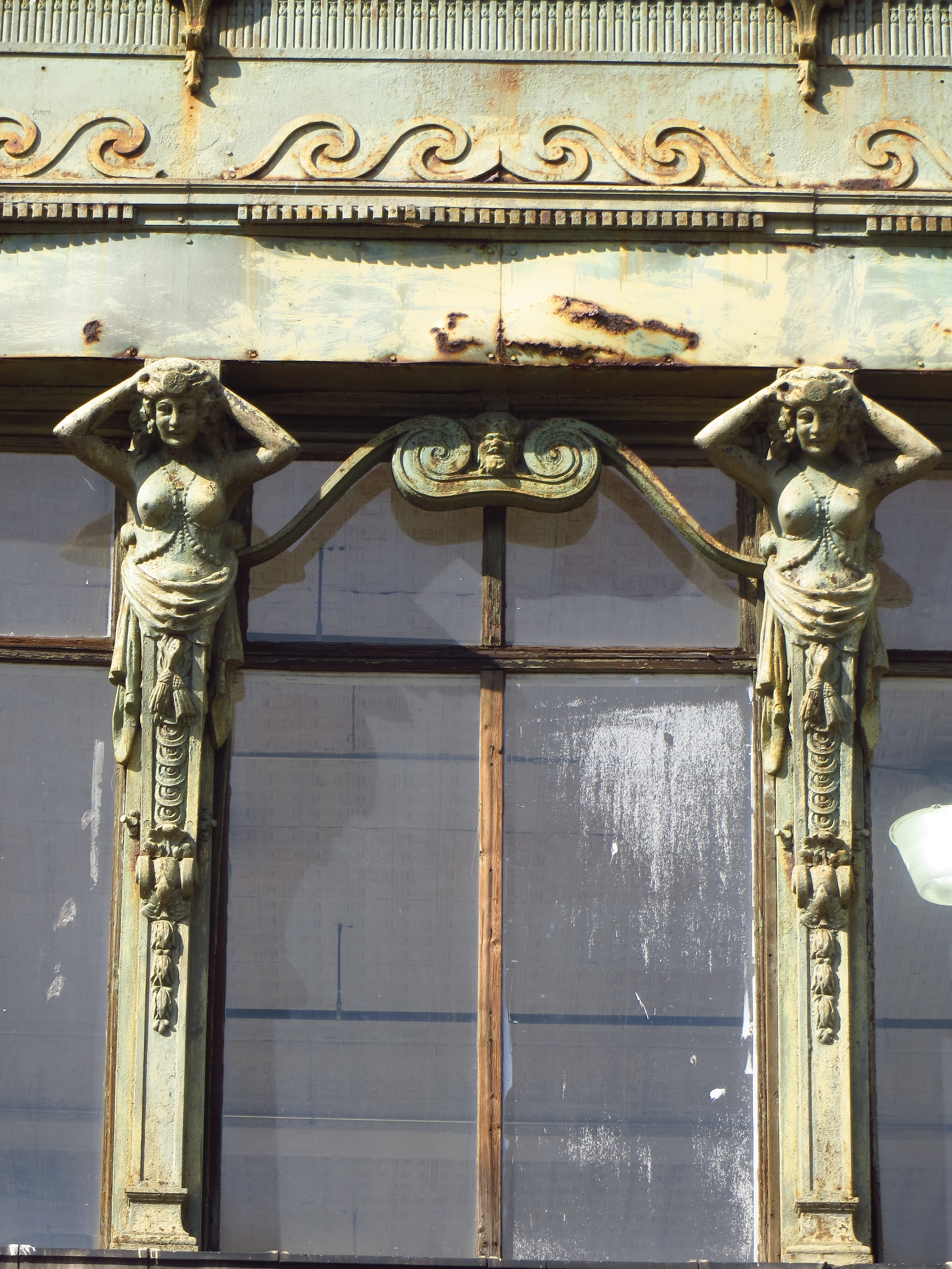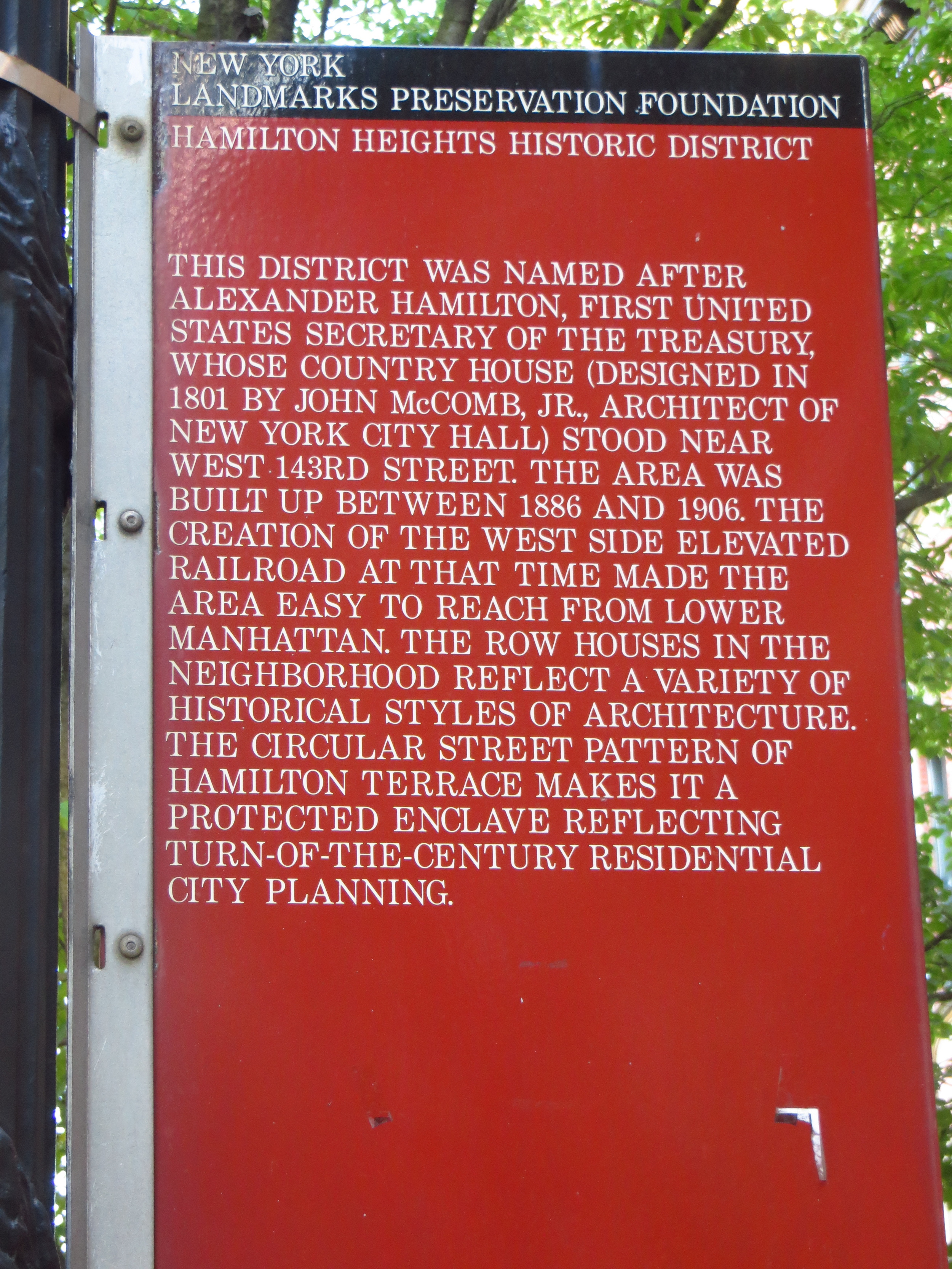North Harlem
Today I did the 20 northern-most blocks of Harlem (from W. 136th St. to W. 155th St.), adding another 19 miles to the tally. To save myself some unnecessary cardio, I did the low-lying eastern portion before climbing up to Hamilton Heights at 155th St.
Today's walk
The walk took me through two of the historically wealthy sections of Harlem; the first being Striver's Row in Central Harlem. Striver's Row, a block-long development facing 138th St. and 139th St., was finished in 1893 but units failed to sell due to a recession. They sat mostly empty until 1919 when the foreclosing bank allowed the homes to be sold to African Americans, and it soon became home to many of the community's civic leaders and successful professionals (hence the name). Notable residents included W.C. Handy (composer), Bill "Bojangles" Robinson (entertainer), and Adam Clayton Powell Jr. (preacher / congressman / boulevard namesake).
I passed by Abyssinian Baptist Church, which I had heard the name of but knew little about. Apparently the congregation began in the early 1800's and by 1930 had 13,000 members, making it the largest African American congregation in New York and the largest Baptist congregation in the world (per Wikipedia). It's large size made it a hub not just for religion, but politics and the civil rights movement. Today the church is going strong, evidenced by the line of people (several of whom appeared to be from out of town) around the block waiting to get in when I passed by. There were orange-vested congregants directing street traffic and I overheard people were being turned away due to the church being at capacity.
Eventually I crossed up into Hamilton Heights, which is roughly the area between 135th St. and 155th St. west of St. Nicholas Ave. The area was named for Alexander Hamilton (founding father / first Treasury Secretary / dueling silver medalist), who lived in the area and whose house (built appropriately in the Federalist style) still stands there today.
At the north end of Hamilton Heights, occupying four full city blocks between 155th St. and 153rd St., is Trinity Cemetery & Mausoleum, the only active cemetery (i.e. accepting new tenants) remaining in Manhattan. It's associated with Trinity Church in lower Manhattan and has served as the final resting place of many important New Yorkers, including several mayors (Ed Koch most recently), congressmen, Revolutionary War veterans, Charles Dickens's son, Clement C. Moore ("Twas The Night Before Christmas" author and one-time owner of most of Chelsea), several Astors (including John J. Astor IV, who died on the Titanic), and the naturalist John J. Audubon (whose estate formerly occupied the land). It's very scenic, affording nice views of the Hudson and is full of cool old mausoleums built into the hillside.
Another interesting neighborhood I passed through was Sugar Hill, a sub-neighborhood taking up the eastern half of Hamilton Heights between 145th St. and 155th St. It was a popular area for wealthy African Americans during the Harlem Renaissance and was named for the "sweet life" it represented. Notable residents of the age included W.E.B. Du Bois, Thurgood Marshall and Duke Ellington (who highlighted it in the lyrics of his song "Take the A Train"). Many of their mansions are still around today, but since they generally fall along the avenues rather than the streets I'll save the pictures for a future walk.
